Κείμενο
Το ελαιόλαδο είναι τόσο ενσωματωμένο στην καθημερινή μας διατροφή, που πολλές φορές ξεχνάμε να αναρωτηθούμε για τη διατροφική του αξία. Πολύ σπάνια ακούω κάποιον ασθενή ή κάποιον πελάτη που έρχεται στο ιατρείο μου ή από τις συνεδρίες που κάνω διαδικτυακά να με ρωτάει για τη διατροφική αξία του ελαιολάδου. Εγώ όμως πιστεύω ότι είναι σημαντικό να δούμε κάποια πράγματα για να τα ξεκαθαρίσουμε και να ξεδιαλύνουμε μερικούς μύθους σχετικά με αυτό. Το ελαιόλαδο είναι πρακτικά ο χυμός που βγαίνει από την ελιά, που είναι φρούτο. Η διαδικασία είναι πολύ απλή, αν και έχει εξελιχθεί τα τελευταία δύο χιλιάδες χρόνια. Κατά βάση παράγεται όπως όλοι οι χυμοί από συμπίεση και στύψιμο του φρούτου. Ανάλογα με την επεξεργασία και την περιεκτικότητα σε θρεπτικά συστατικά, το ελαιόλαδο χωρίζεται σε τρεις κύριους τύπους. Το ραφιναρισμένο ελαιόλαδο, το παρθένο ελαιόλαδο και το έξτρα παρθένο ελαιόλαδο. Από αυτά τα τρία, εσείς θα επιλέγετε μόνο το έξτρα παρθένο ελαιόλαδο, γιατί είναι ο πιο υγιεινός τύπος, καθώς έχει υποστεί τη λιγότερη επεξεργασία και περιέχει την υψηλότερη περιεκτικότητα σε θρεπτικά συστατικά. Ταυτόχρονα είναι και το πιο γευστικό ελαιόλαδο. Το έξτρα παρθένο ελαιόλαδο περιέχει περίπου 85% ακόρεστα έλαια, από τα οποία τα 73% είναι τα πολύ υγιεινά μονοακόρεστα, ενώ περιέχει και 14% κορεσμένα έλαια. Το έξτρα παρθένο ελαιόλαδο είναι ιδιαίτερα πλούσιο σε βιταμίνη Ε, βιταμίνη Κ και άλλες αντιοξειδωτικές και αντιφλεγμονώδεις ουσίες οι οποίες βοηθούν τον οργανισμό να αντιμετωπίσει τις χρόνιες ασθένειες. Τέλος, το ελαιόλαδο είναι πολύ πλούσιο σε μία ουσία που λέγεται ελαιοευρωπαΐνη η οποία είναι γνωστή γιατί εμποδίζει την οξείδωση της LDL, γνωστής και ως “κακή χοληστερίνη”. Εδώ θυμίζω ότι η οξείδωση της κακής χοληστερίνης οδηγεί στην δημιουργία της αθηρωματικής πλάκας. Η LDL που δεν έχει υποστεί οξείδωση θεωρείται άκακη για τα αγγεία. Γιατί όμως το ελαιόλαδο θεωρείται τόσο υγιεινό; Το σημαντικότερο είναι ότι το έξτρα παρθένο ελαιόλαδο είναι πλούσιο σε μονοακόρεστα λιπαρά οξέα,

τα οποία φαίνεται να έχουν την πιο θετική επίδραση για την υγεία της καρδιάς και των αγγείων, με αποτέλεσμα να προστατεύουν από δύο από τις συχνότερες ομάδες παθήσεων: τις παθήσεις της καρδιάς και τα εγκεφαλικά. Ταυτόχρονα, το έξτρα παρθένο ελαιόλαδο περιέχει βιταμίνη Ε και βιταμίνη Κ που είναι αναγκαίες για την καλή λειτουργία του οργανισμού. Παρόλα αυτά, η σημαντικότερη επίδραση στην υγεία φαίνεται να προέρχεται από την πληθώρα των αντιοξειδωτικών και αντιφλεγμονωδών συστατικών που έχει το ελαιόλαδο όπως το ολεϊκό οξύ, την ολεοκανθάλη και η ολεασίνη. Αυτές και άλλες πολλές ουσίες κάνουν το έξτρα παρθένο ελαιόλαδο ένα πραγματικό φάρμακο για την καρδιά το οποίο δεν έχει παρενέργειες. Οι παθήσεις της καρδιάς είναι πάρα πολύ συχνές και κάθε τι στη διατροφή μας που μπορεί να βοηθήσει στην πρόληψη ή την αντιμετώπισή τους πρέπει να υπάρχει στην καθημερινότητά μας. Το έξτρα παρθένο ελαιόλαδο μειώνει την πιθανότητα των καρδιοπαθειών με πολλούς μηχανισμούς, όπως με τη μείωση της φλεγμονής, τη μείωση της οξείδωσης της λιποπρωτεΐνης LDL, την θρόμβωσης που μπορεί να συμβαίνει μέσα στα αγγεία, τη μείωση της αρτηριακής πίεσηπροστασία του ενδοθηλίου των αγγείων, τη μείωση της απρόσφορης ς και άλλους μηχανισμούς που δεν έχουμε ανακαλύψει ακόμα. Αν και το ελαιόλαδο προστατεύει από τις δύο σημαντικότερες ομάδες παθήσεων που απειλούν τη ζωή, φαίνεται ότι βοηθάει και σε μία τρίτη ομάδα παθήσεων, τον καρκίνο. Έχει παρατηρηθεί ότι στις χώρες που η κατανάλωση ελαιολάδου είναι αυξημένη, ο καρκίνος εμφανίζεται σπανιότερα. Αυτό μπορεί να οφείλεται στο γεγονός ότι το ελαιόλαδο είναι πολύ πλούσιο σε αντιοξειδωτικές ουσίες που γνωρίζουμε ότι παίζουν πολύ σημαντικό ρόλο στην προστασία από τον καρκίνο. Τέλος πολύ σημαντικά αρχικά στοιχεία δείχνουν ότι το ελαιόλαδο μπορεί να προστατεύσει ακόμα και από τη νόσο του Αλτσχάιμερ, τη σημαντικότερη και συχνότερη μορφή άνοιας. Αφού είδαμε όμως τα εκπληκτικά οφέλη του έξτρα παρθένου ελαιολάδου, θέλω να αναφερθώ σε μια ερώτηση σε σχέση με το ελαιόλαδο

που ακούω συχνά στο ιατρείο μου ή μέσα από τις συνεδρίες που κάνω διαδικτυακά. Συχνά με ρωτάει κάποιος αν μπορεί να μαγειρέψει με το ελαιόλαδο ή είναι καλύτερα να το βάζει στο τέλος. Σίγουρα το να το βάλεις στο τέλος είναι καλύτερο, αλλά στην πραγματικότητα το όφελος είναι πάρα πολύ μικρό. Το ελαιόλαδο, σε αντίθεση με τα σπορέλαια, είναι εξαιρετικά ανθεκτικό σε θερμοκρασίες μέχρι 180 βαθμούς Κελσίου. Αυτό σημαίνει ότι η σύστασή του πρακτικά δεν αλλάζει μέχρι τους 180 βαθμούς Κελσίου. Πώς ξέρουμε όμως εμείς σε τι θερμοκρασία είναι το λάδι που μαγειρεύουμε; Η απάντηση είναι απλή. Όταν το λάδι βρίσκεται μαζί με νερό, όπως γίνεται συνήθως όταν μαγειρεύουμε στην κατσαρόλα ή σε ταψί, η θερμοκρασία δεν ξεπερνά τους 100 βαθμούς Κελσίου, τουλάχιστον μέχρι να εξατμιστεί το νερό. Σε ένα μίγμα δηλαδή που υπάρχει νερό και θερμαίνεται, η θερμοκρασία δεν θα ξεπεράσει τους 100 βαθμούς Κελσίου μέχρι να εξατμιστεί το νερό. Όταν εξατμιστεί το νερό, η θερμοκρασία σταδιακά θα ανέβει, θα ακούσουμε το χαρακτηριστικό ήχο που λέμε ότι τσιρίζει, που σημαίνει ότι έχει εξατμιστεί το νερό και πλέον εξατμίζεται και το λάδι. Σε αυτό το σημείο έχουμε πετύχει το σημείο βρασμού του λαδιού και πλέον σταδιακά αλλά με αργό ρυθμό το ελαιόλαδο αρχίζει να καταστρέφεται. Καθώς δεν θέλουμε να συμβεί αυτό, χρησιμοποιούμε το ελαιόλαδο όσο συχνότερα γίνεται στο ταψί και στην κατσαρόλα με νερό. Το ίδιο ισχύει και για το σοτάρισμα, γιατί αν και δεν βάζουμε νερό, κατά τη διάρκεια της διαδικασίας αυτό που σουτάρουμε απελευθερώνει υγρά τα οποία εμποδίζουν τη θερμοκρασία να ανέβει σημαντικά. Τι γίνεται όμως με το τηγάνι; Αρχικά το τηγάνι πρέπει να το χρησιμοποιούμε όσο λιγότερο γίνεται, ή και ποτέ. Αλλά αν δεν γίνεται αλλιώς, και πάλι το ελαιόλαδο είναι η καλύτερη επιλογή σε περίπτωση που είναι αναγκαίο να χρησιμοποιήσουμε κάποιο λάδι. To ελαιόλαδο είναι ανθεκτικό σε θερμοκρασίες που τηγανίζουμε στο σπίτι εφόσον τηγανίζουμε για σχετικά μικρό χρονικό διάστημα. Για παράδειγμα, εάν τηγανίζουμε ένα αυγό, σε καμία

περίπτωση δεν θα υποστεί σημαντική καταστροφή το ελαιόλαδο που θα χρησιμοποιήσουμε. Ακόμα και πατάτες αν τηγανίσουμε στο σπίτι με λίγο λάδι, πάλι το λάδι θα καταστραφεί ελάχιστα. Άρα, πρέπει να είναι η μόνη λύση στις ελάχιστες φορές που θα τηγανίσουμε στο σπίτι μας με λάδι. Από την άλλη, το ελαιόλαδο αν και είναι μια καλή επιλογή και για τηγάνισμα σε χώρους μαζικής εστίασης, δυστυχώς, όταν κάποιος τηγανίζει σε υψηλή θερμοκρασία που ξεπερνάει τους διακόσιους βαθμούς Κελσίου, έτσι όπως συμβαίνει στα ταχυφαγεία, τις ταβέρνες και τα ψητοπωλεία, τότε το λάδι καταστρέφεται ραγδαία. Ίσως σε αυτή την περίπτωση η χρήση κορεσμένων λιπαρών, όπως το λίπος ενός ζώου και το λάδι καρύδας να είναι οι καλύτερες επιλογές. Αν και η καλύτερη επιλογή είναι να μην φάτε τίποτα που να είναι τηγανισμένο έξω από το σπίτι σε υψηλή θερμοκρασία. Άρα το έξτρα παρθένο ελαιόλαδο είναι το καλύτερο και είναι το μόνο που πρέπει να χρησιμοποιείται σε όλους τις μεθόδους μαγειρέματος. Ευχαριστώ πολύ.

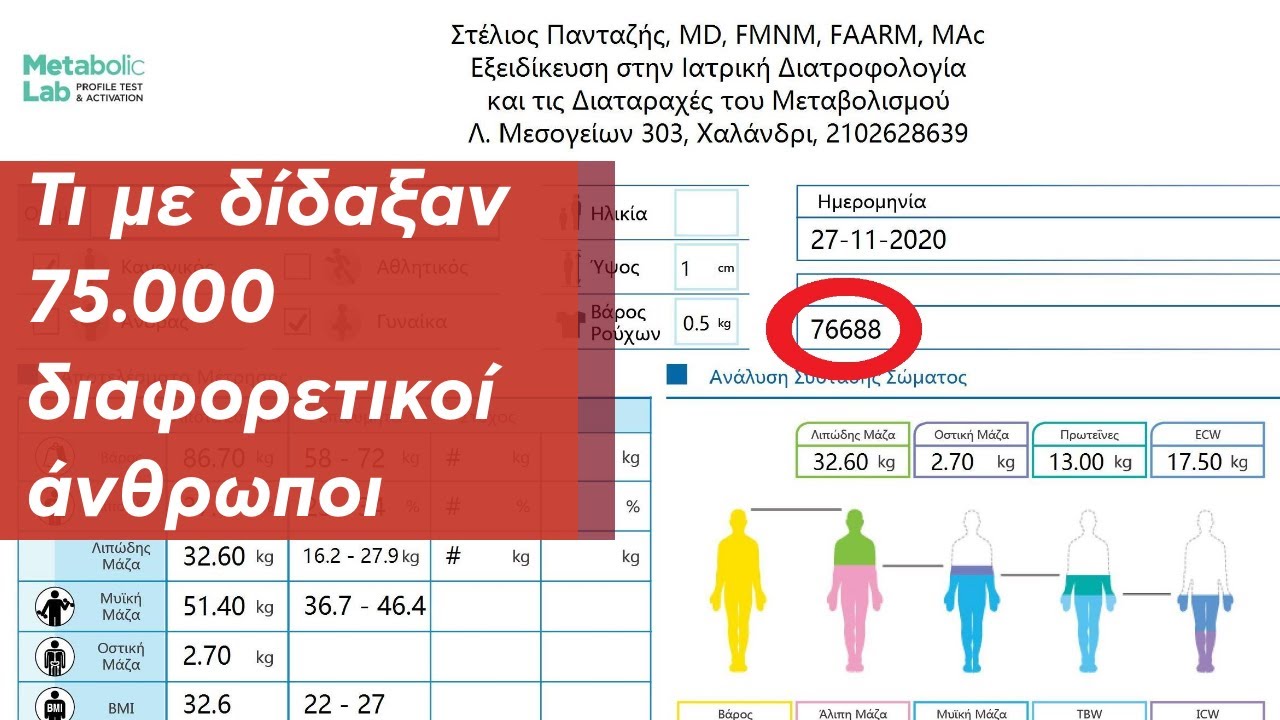
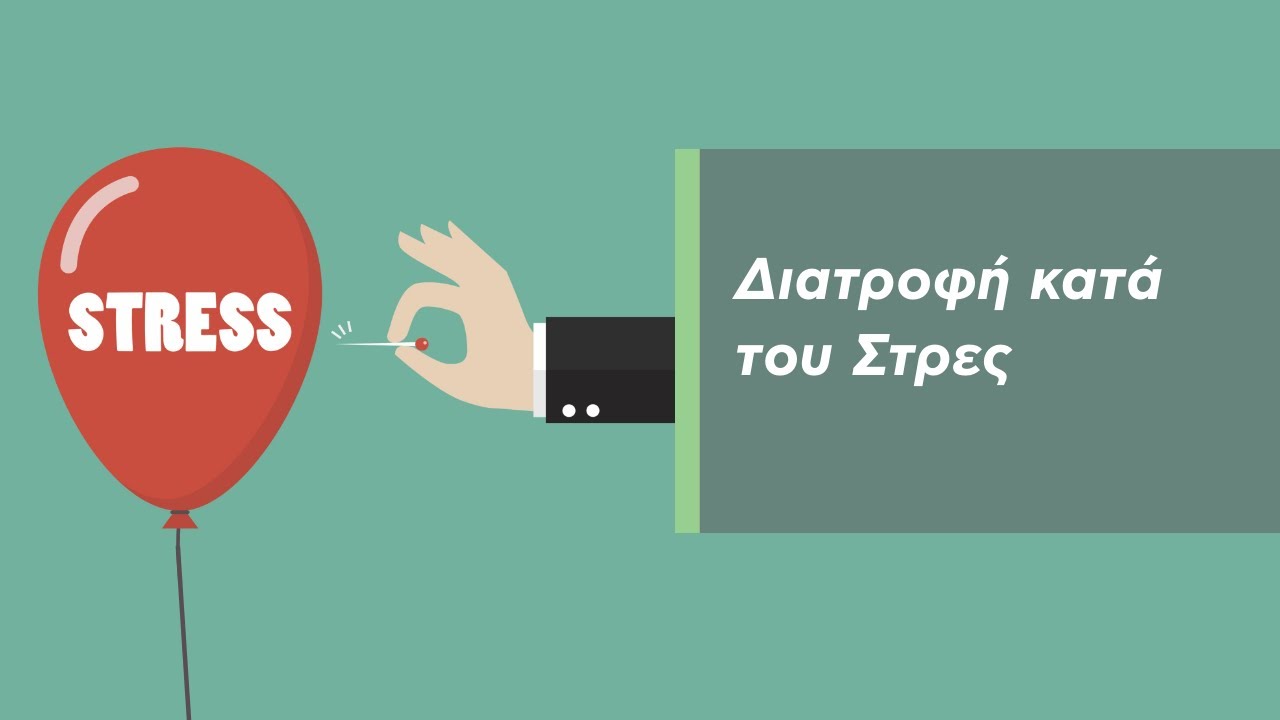
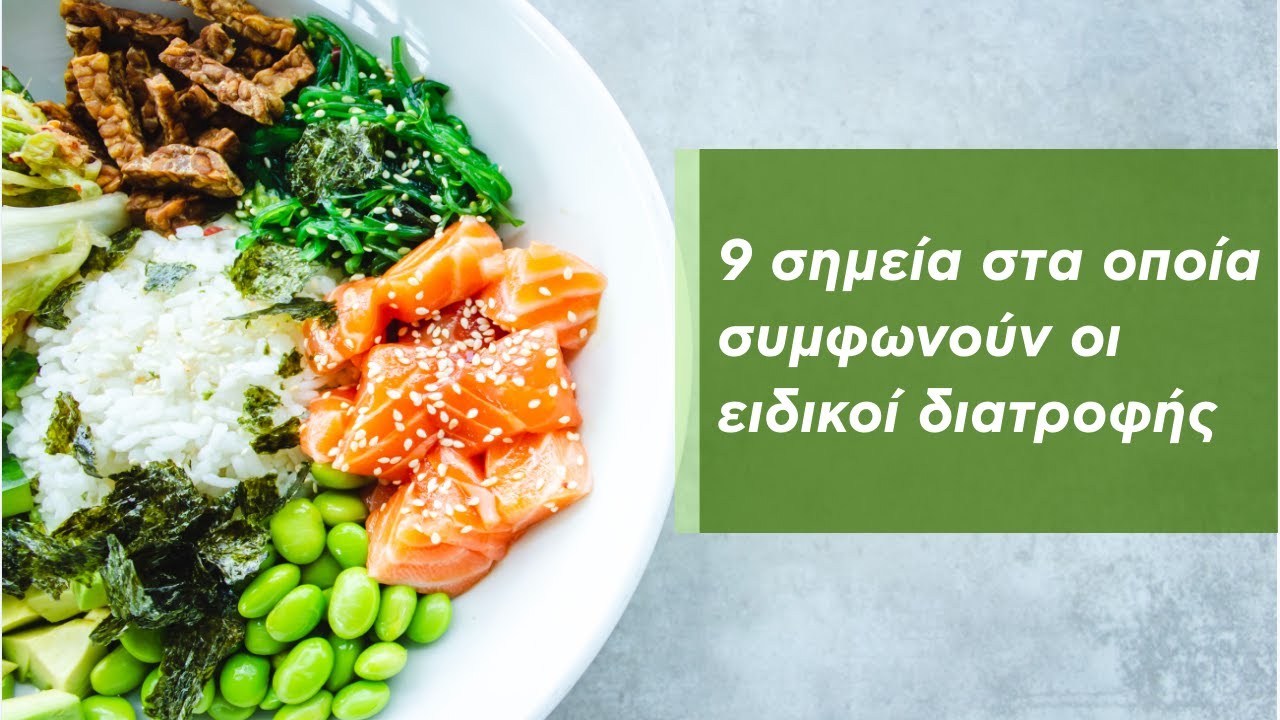
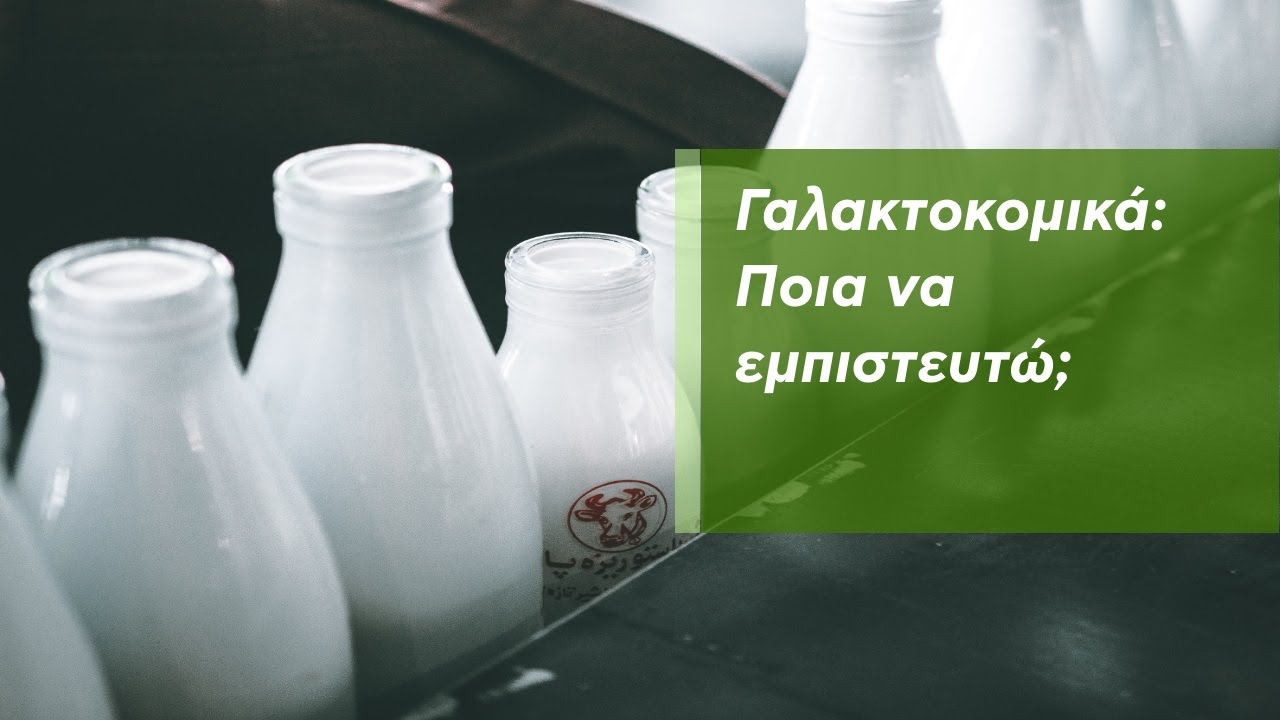


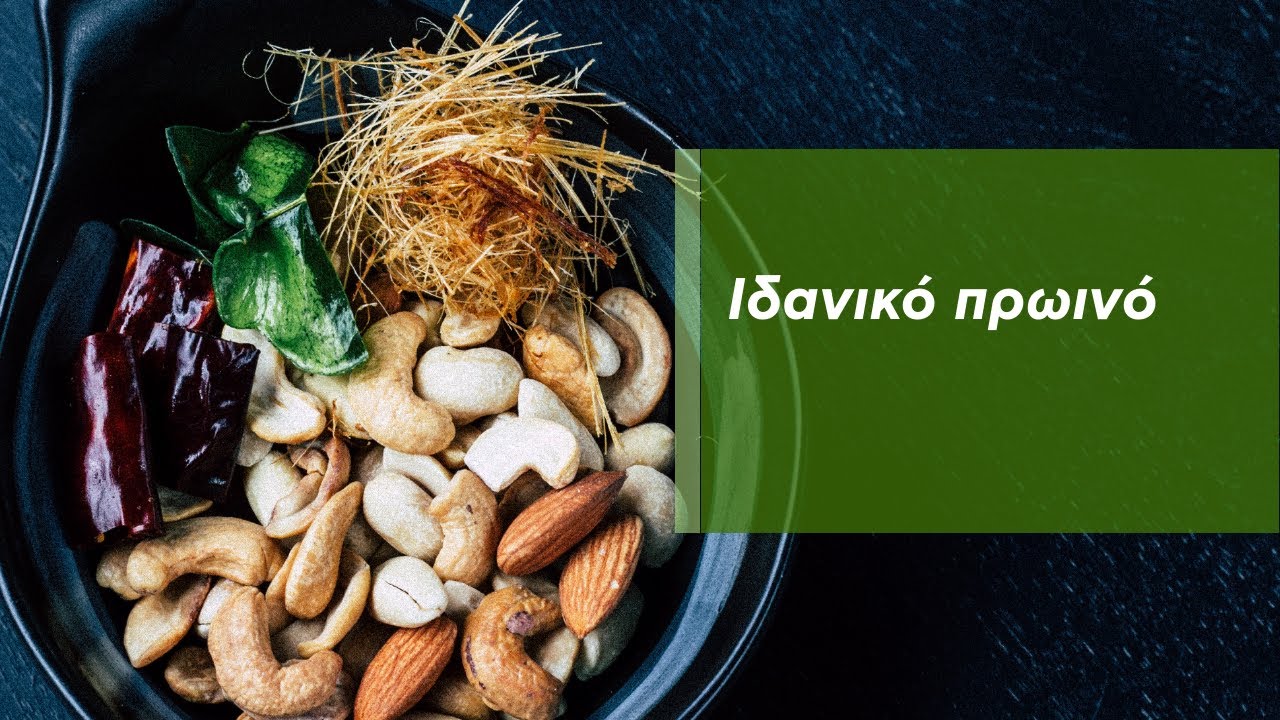
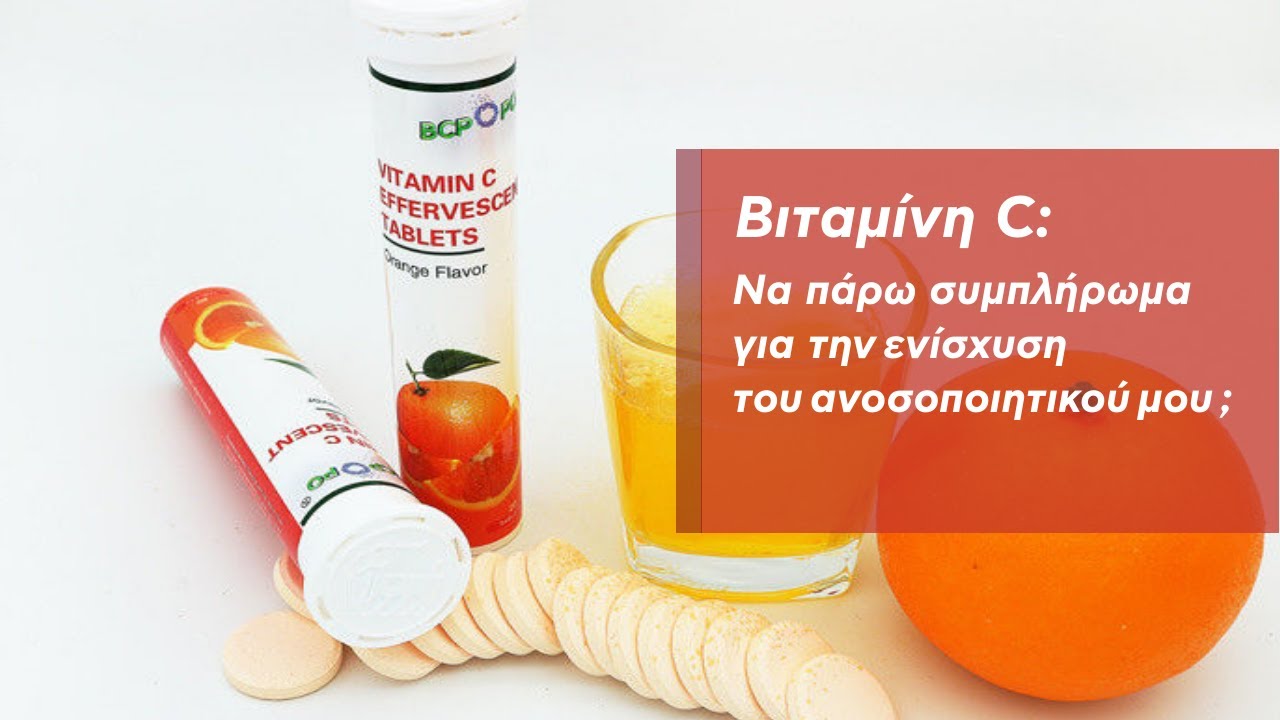
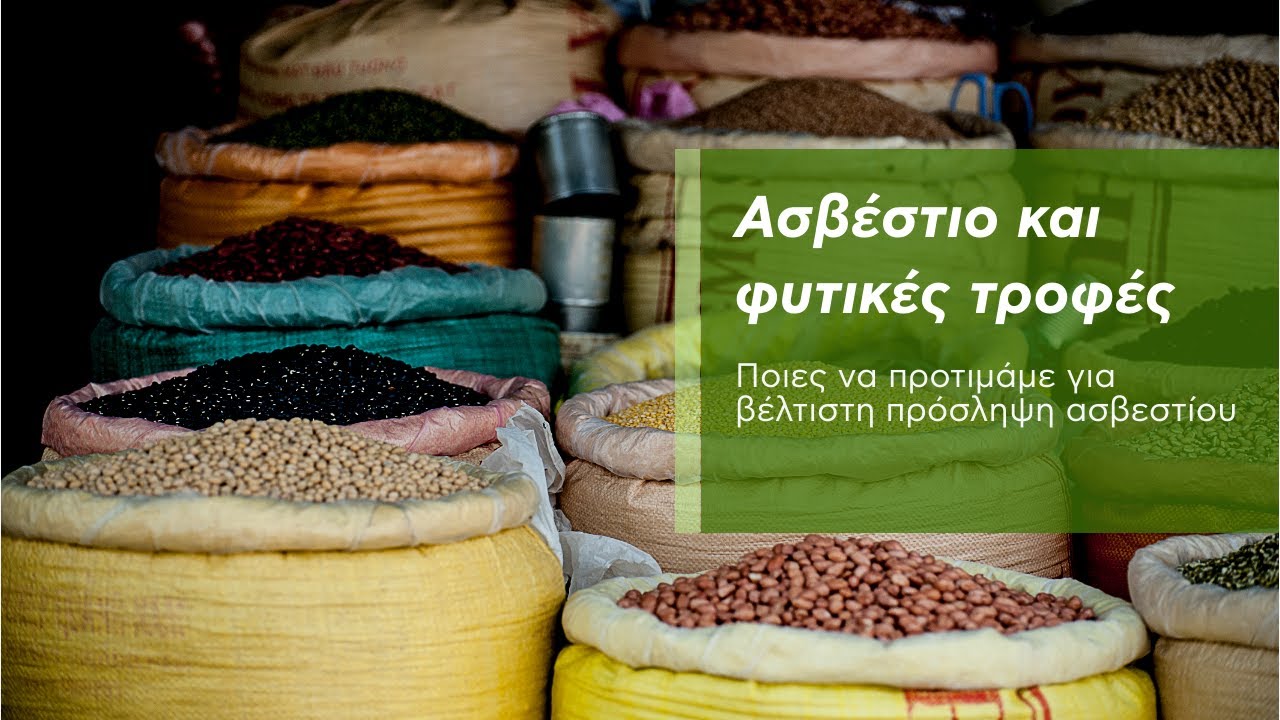
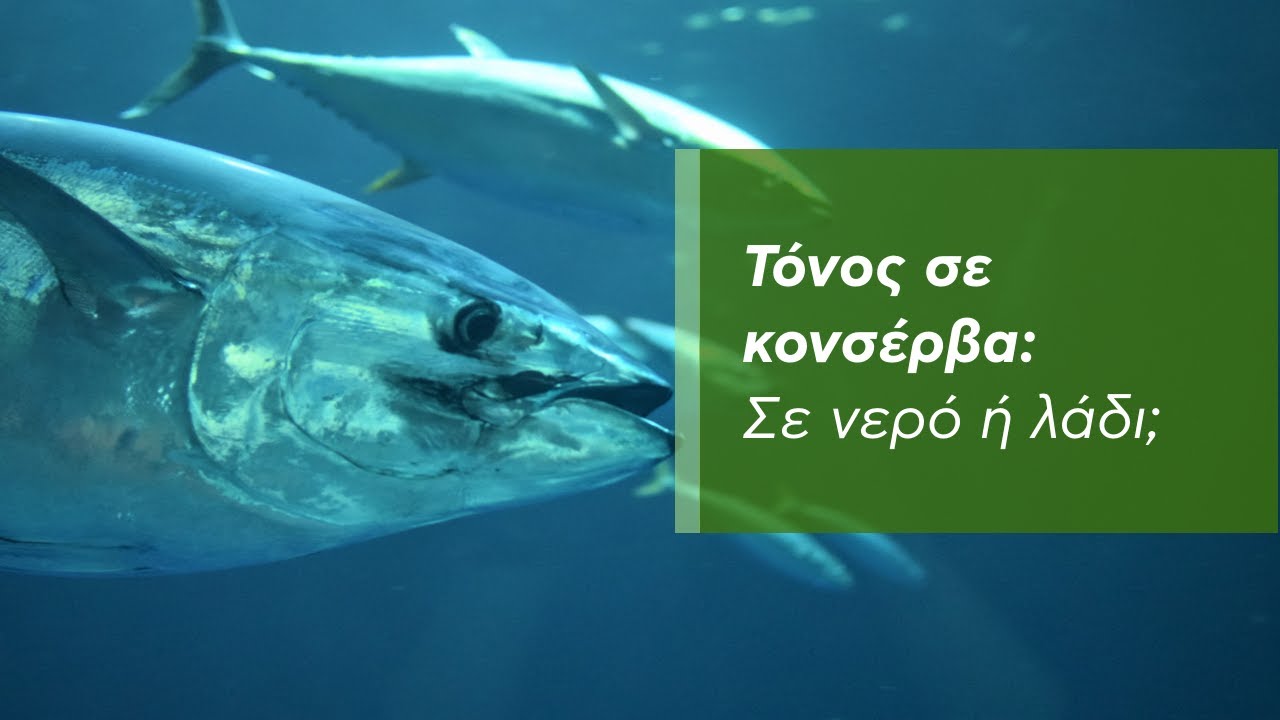

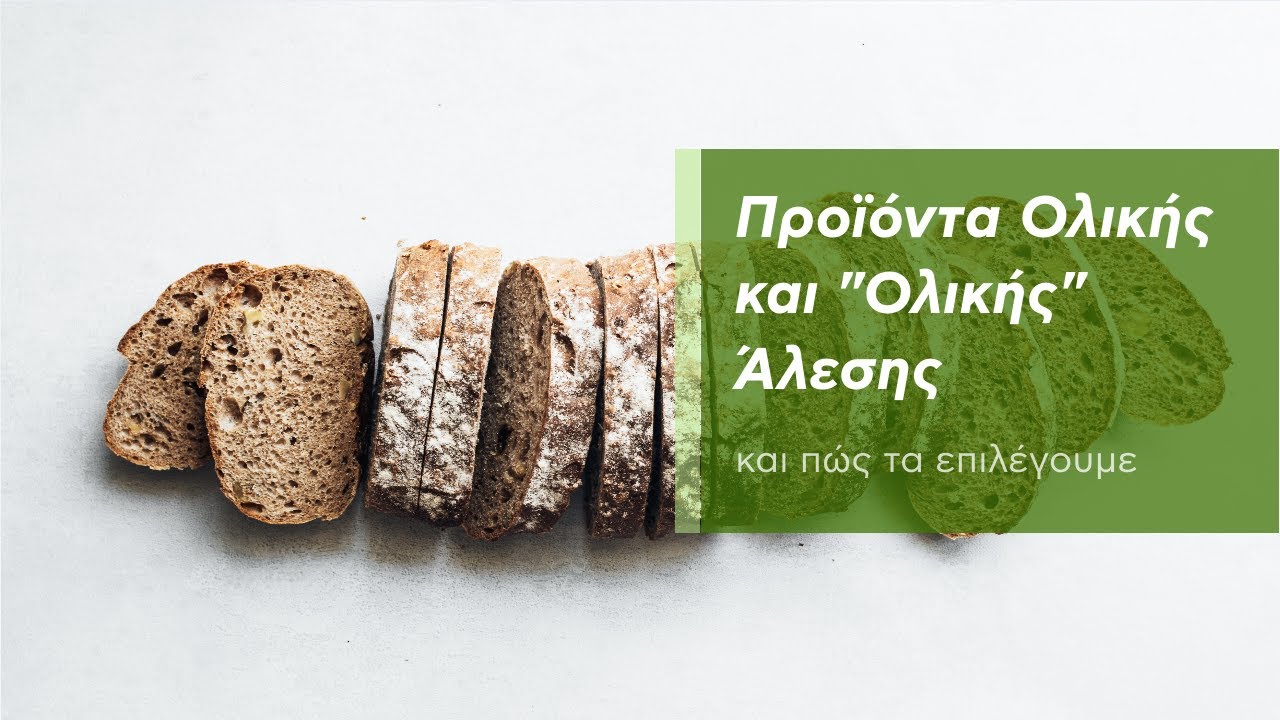
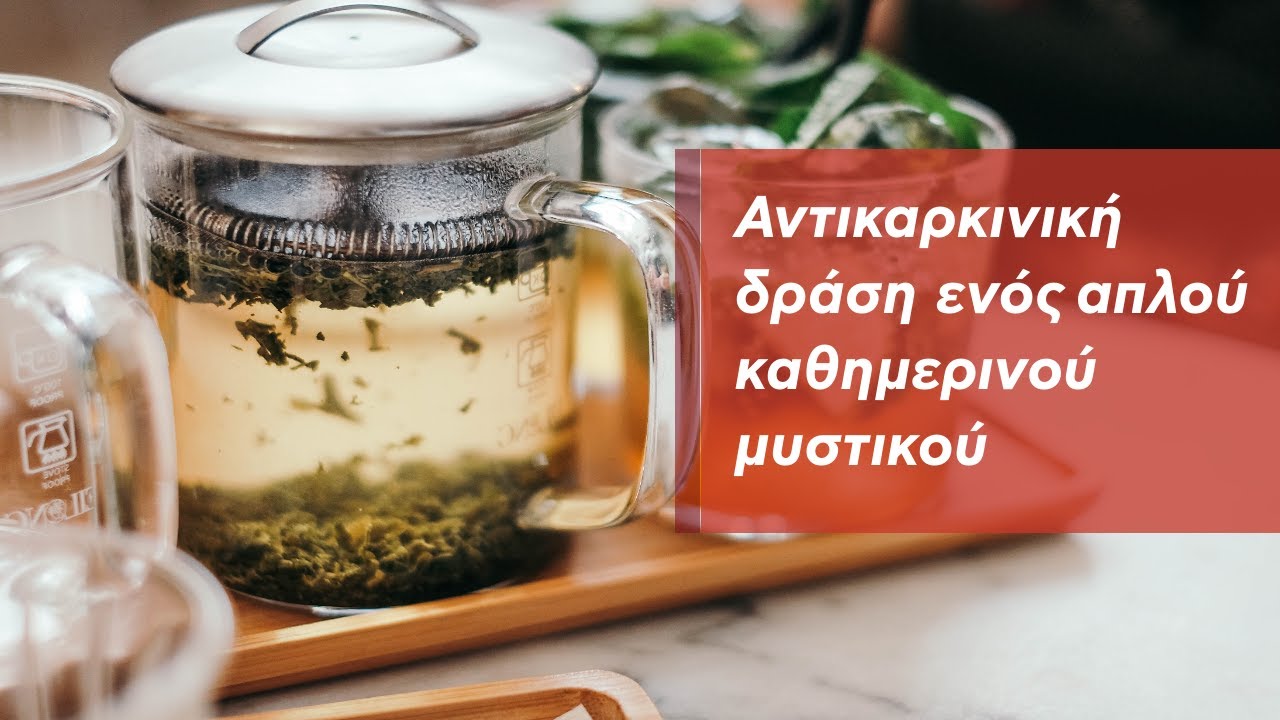
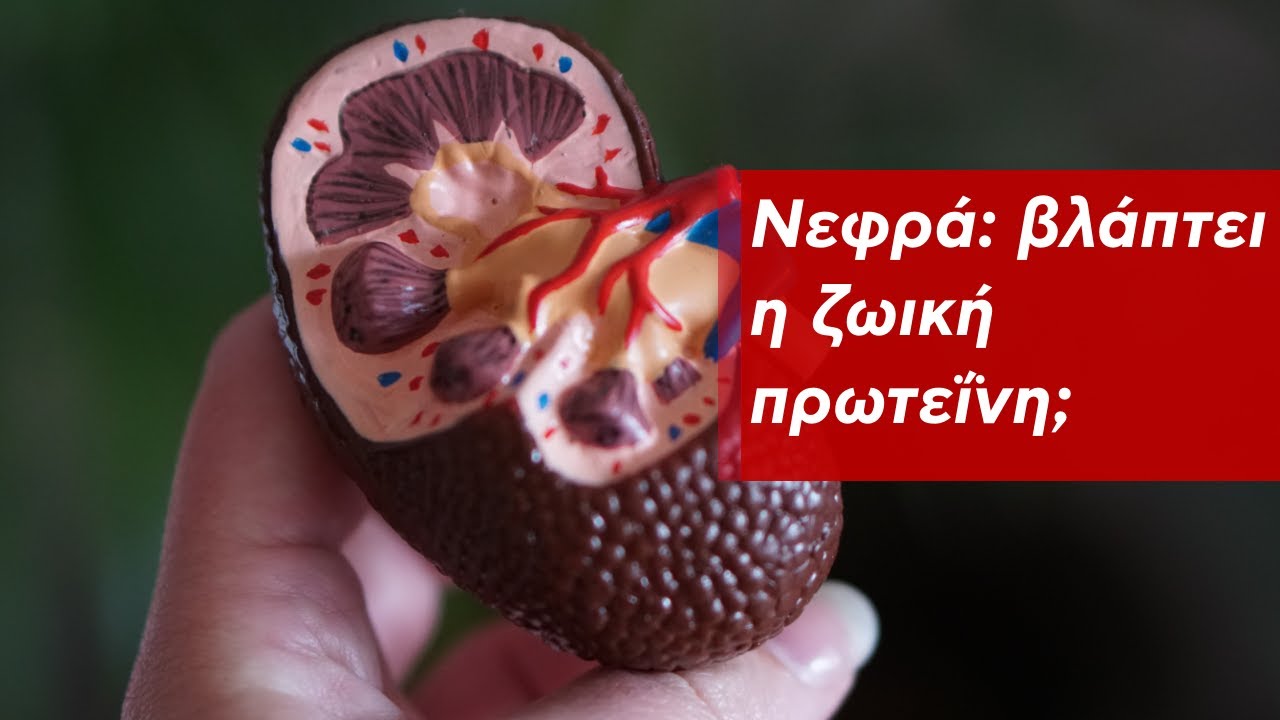
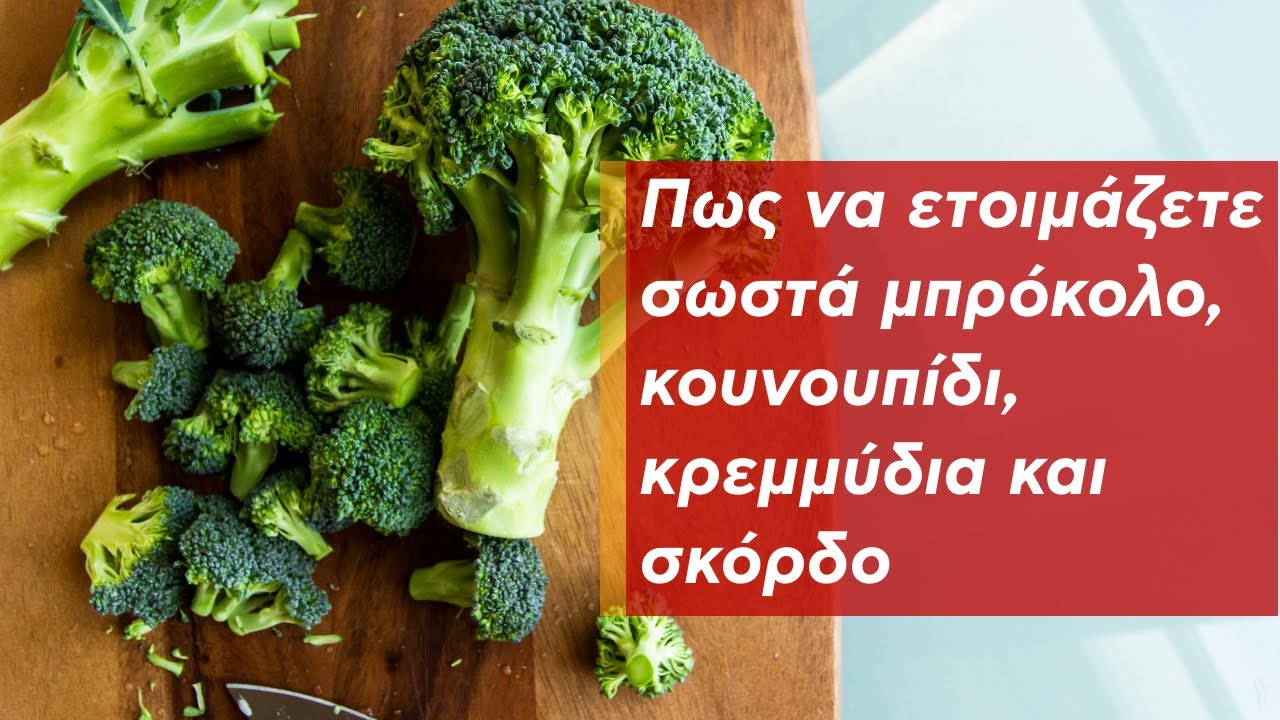
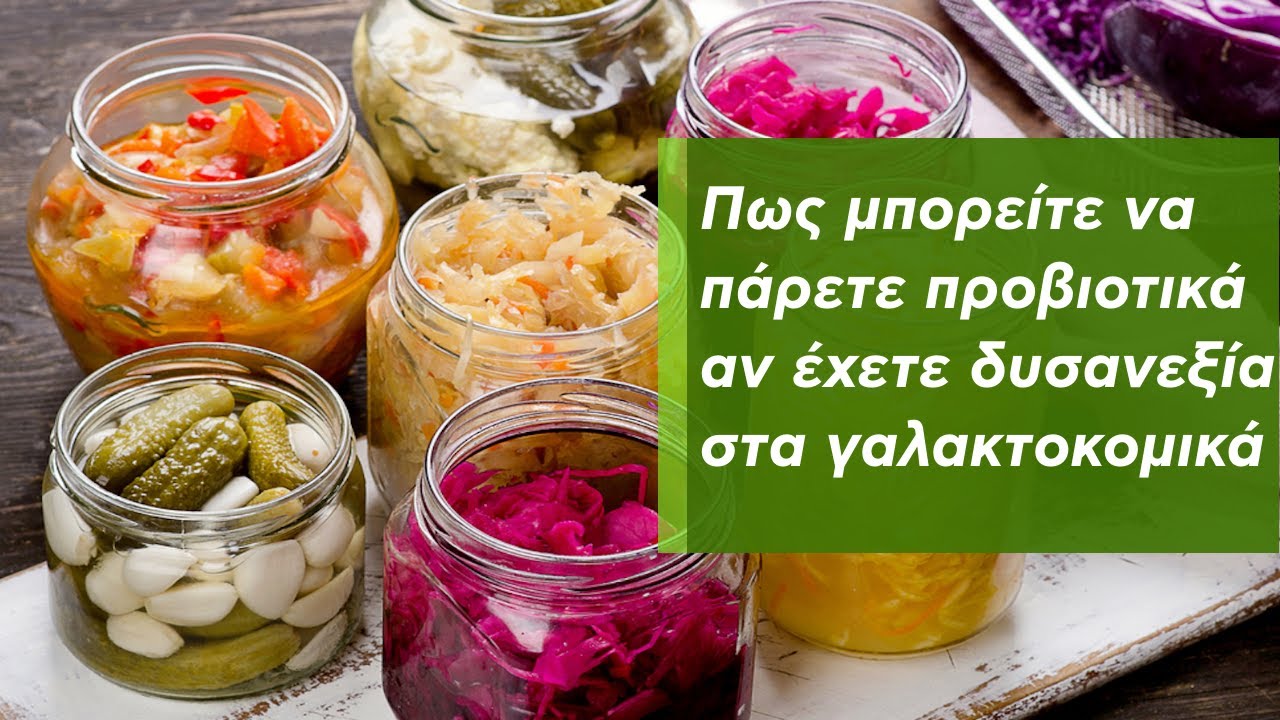


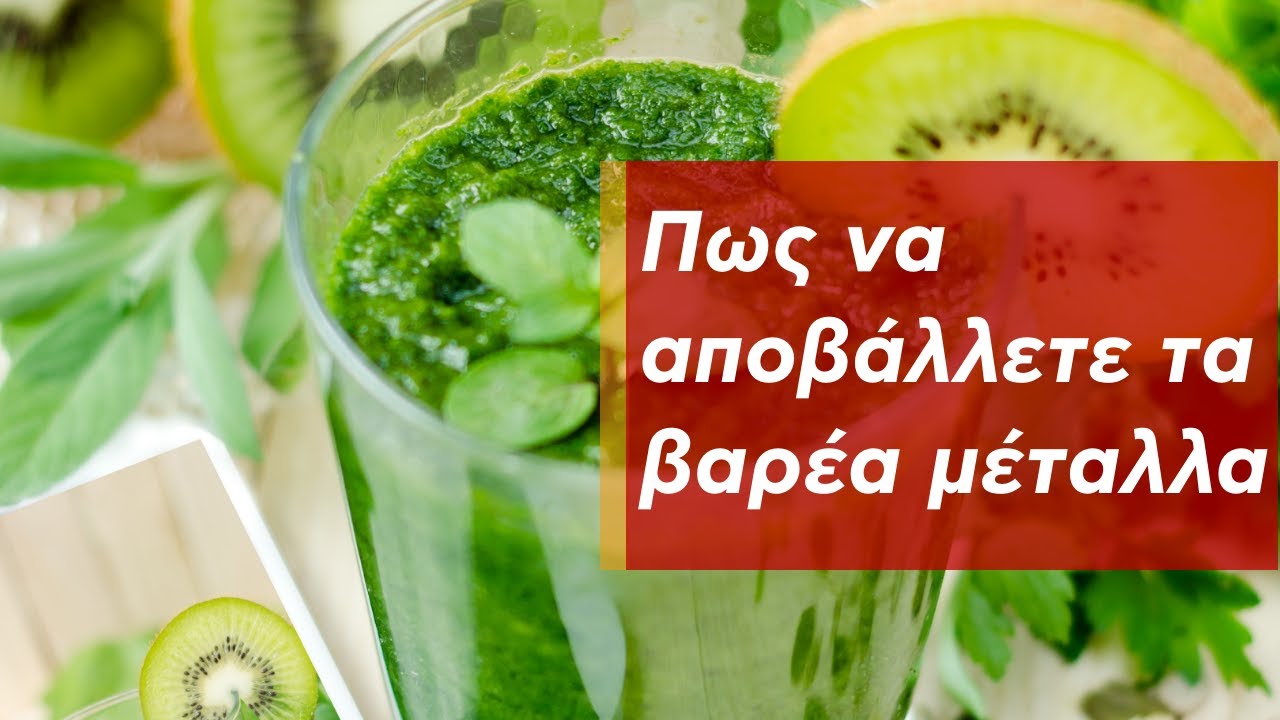


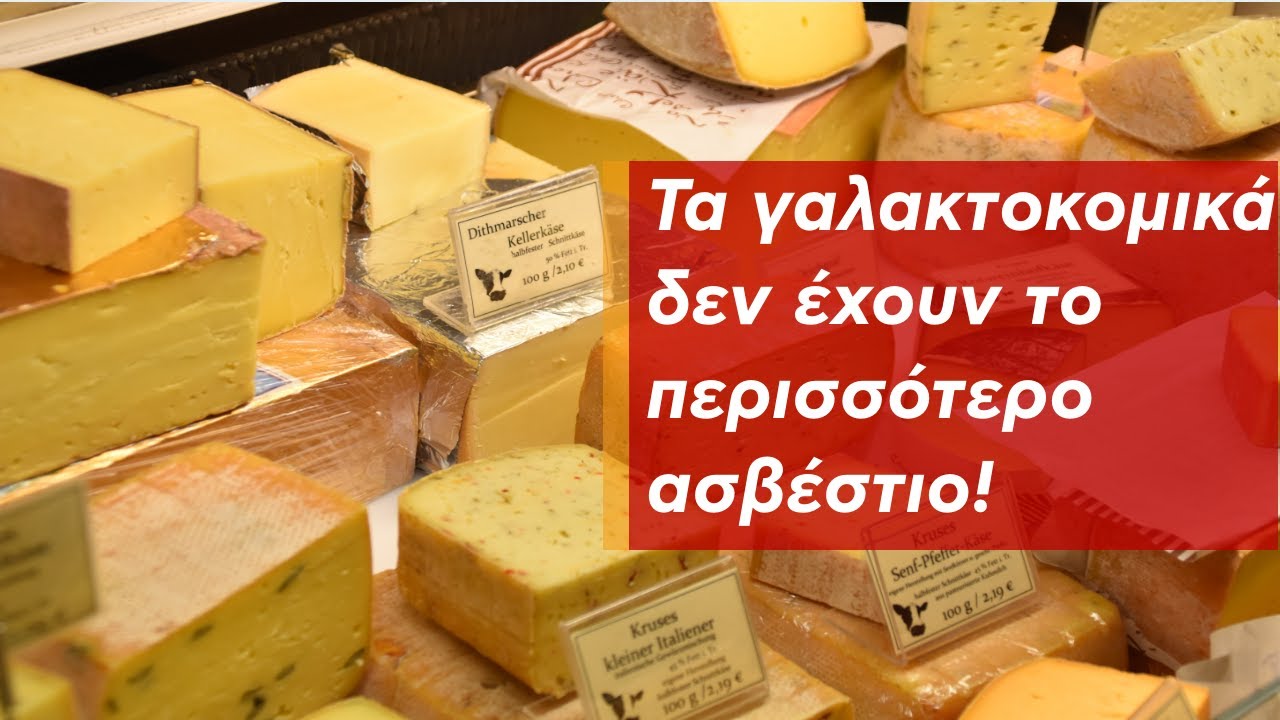
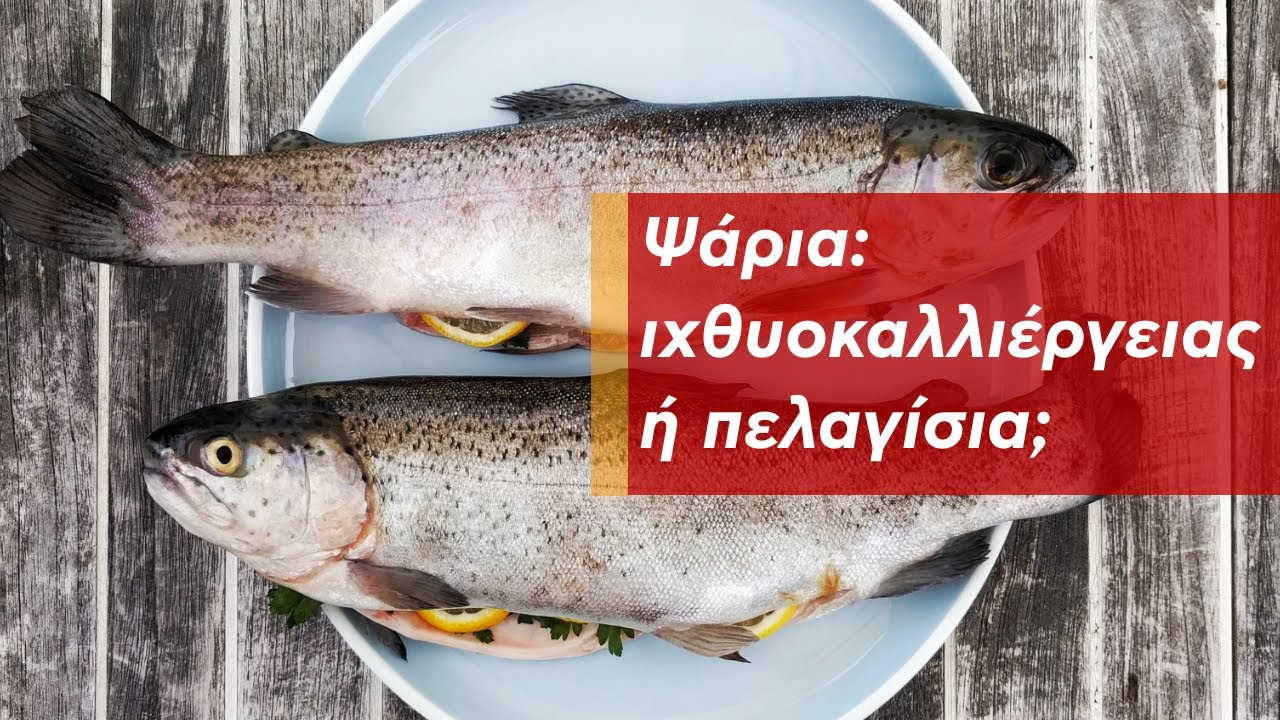


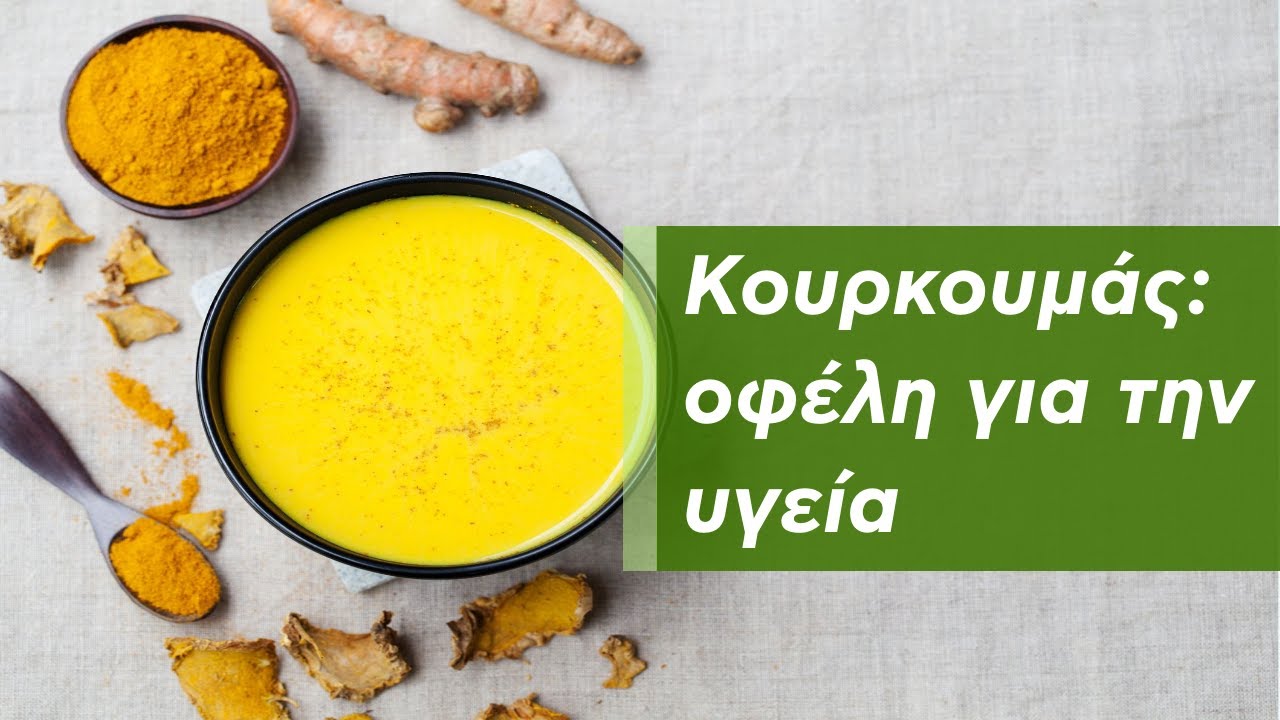
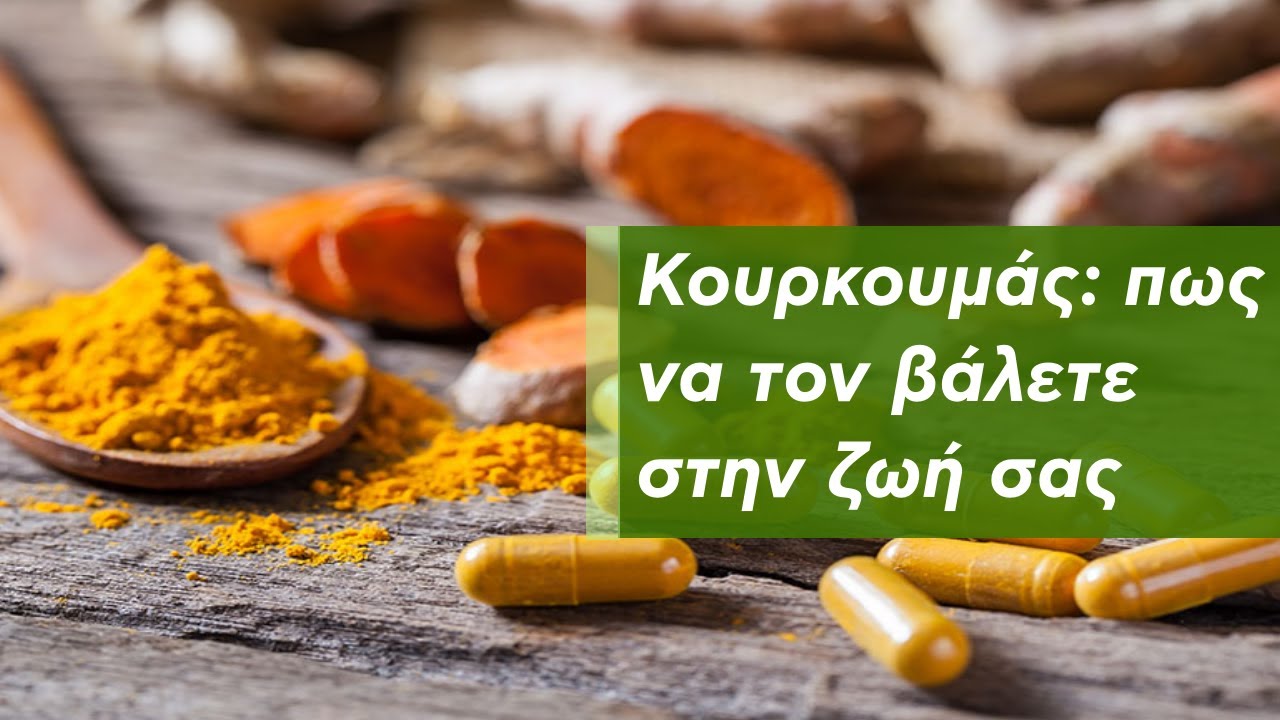
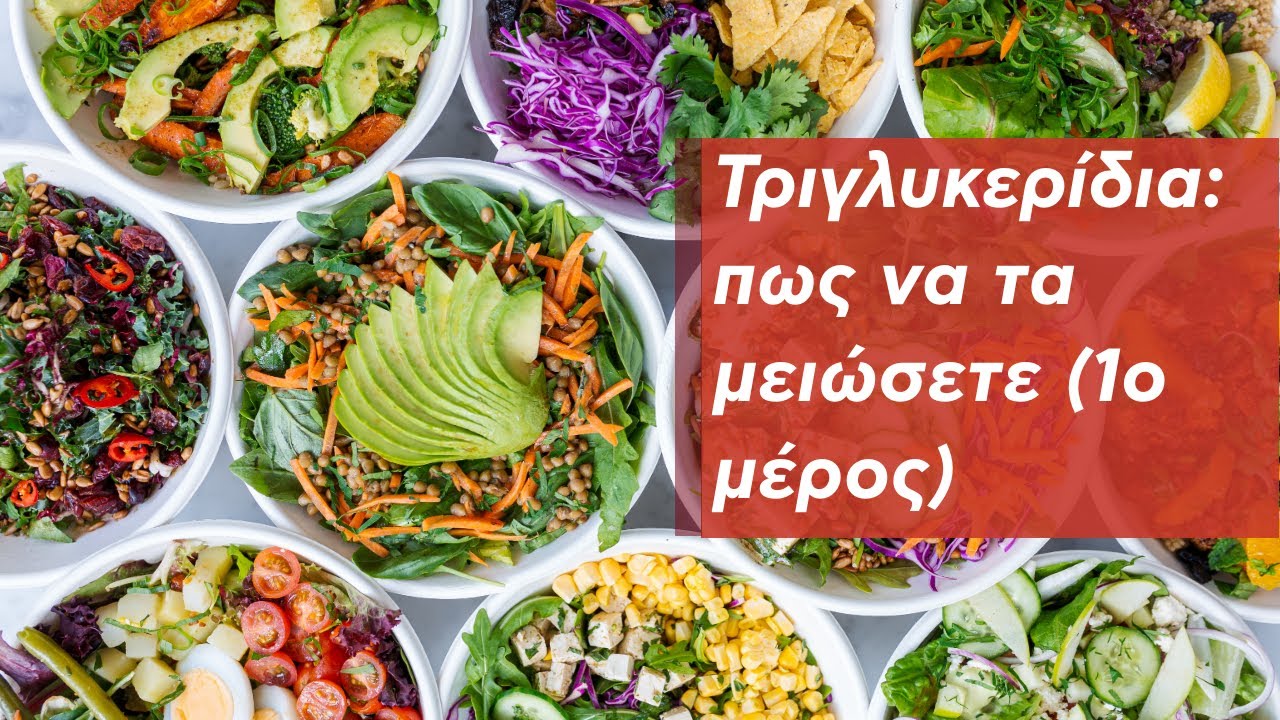

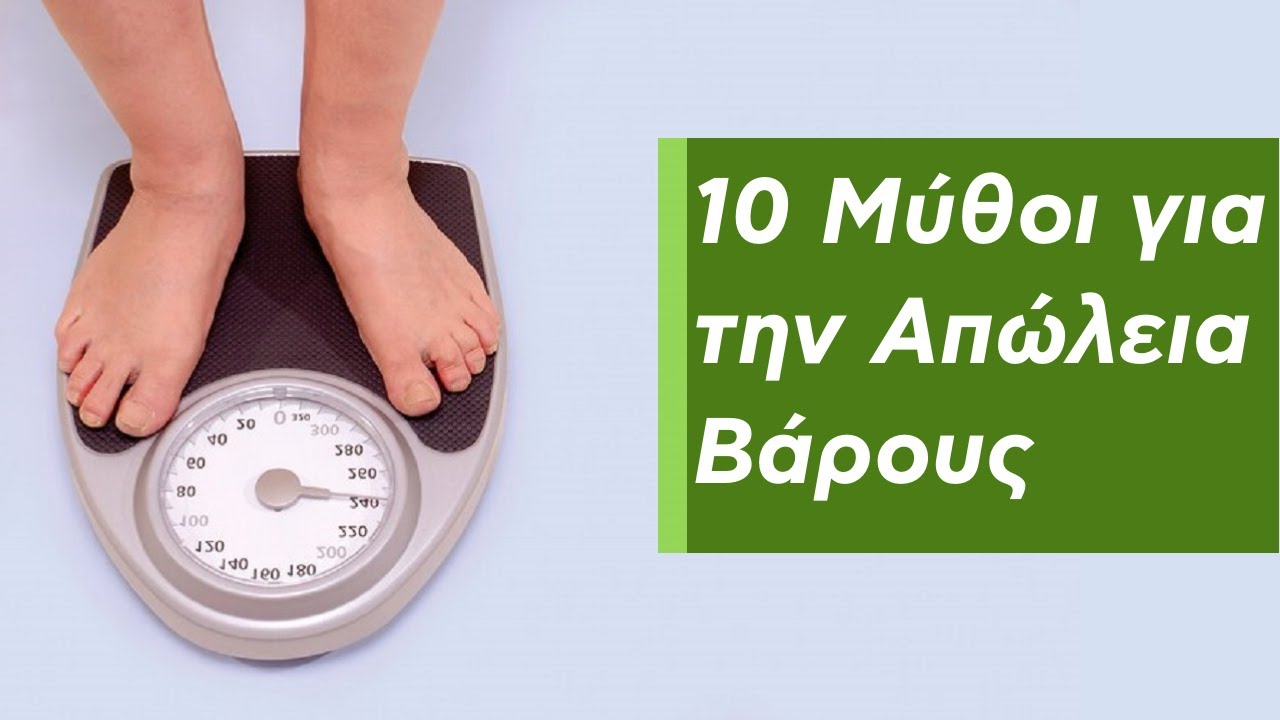
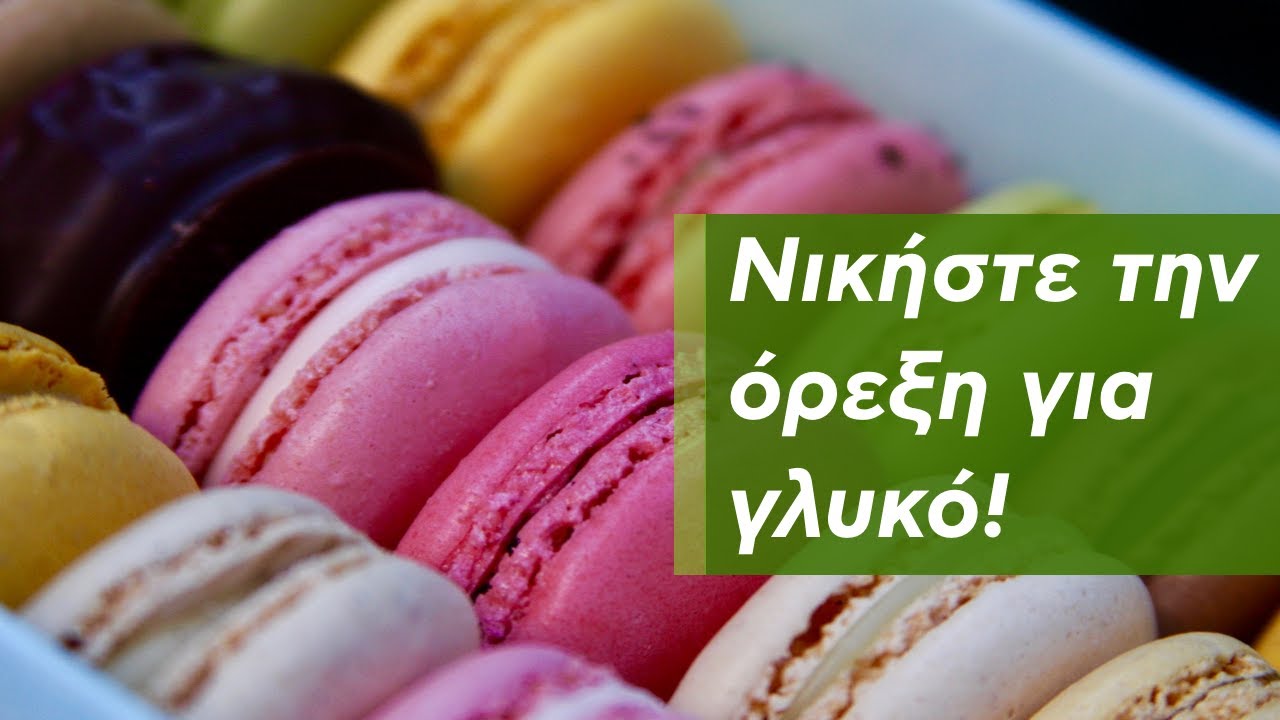
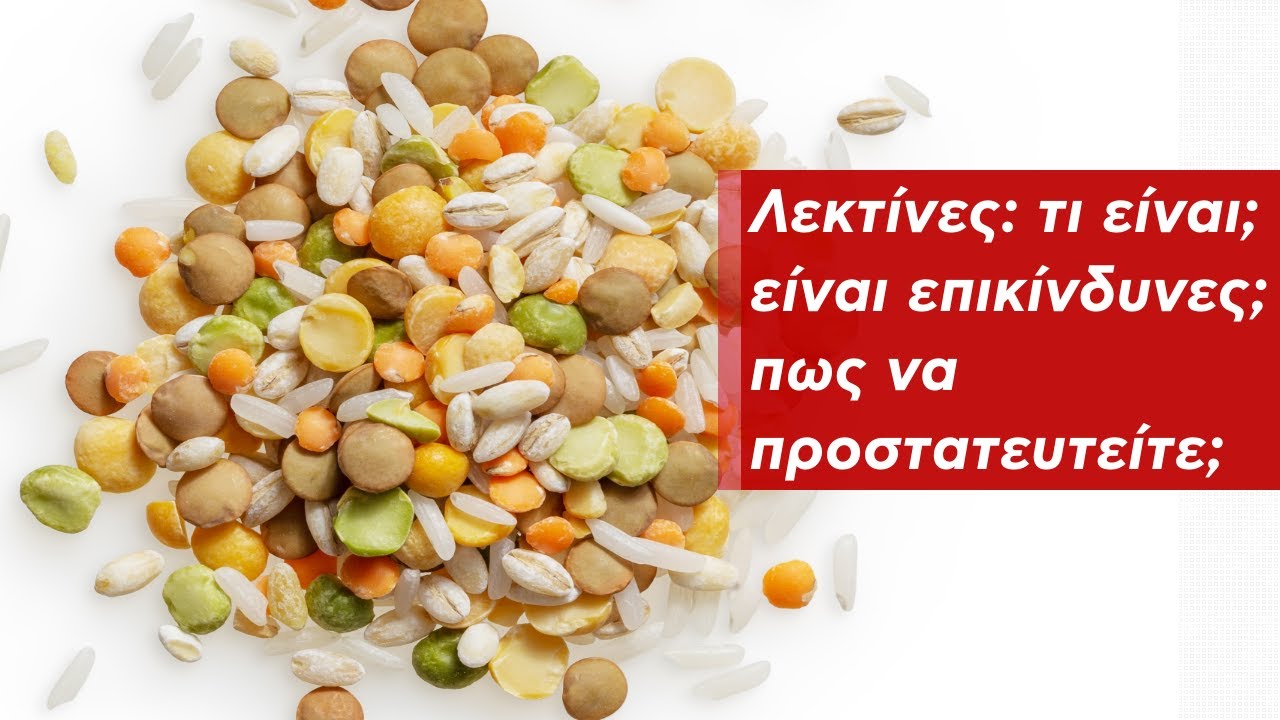
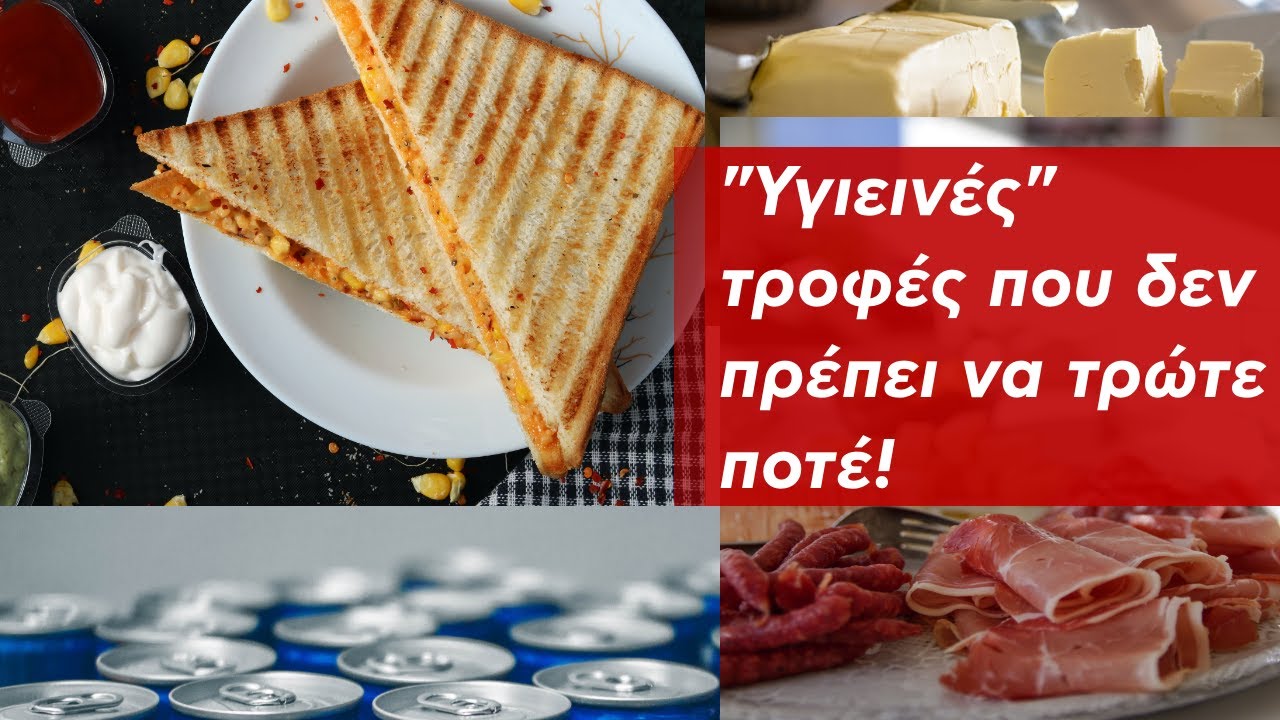
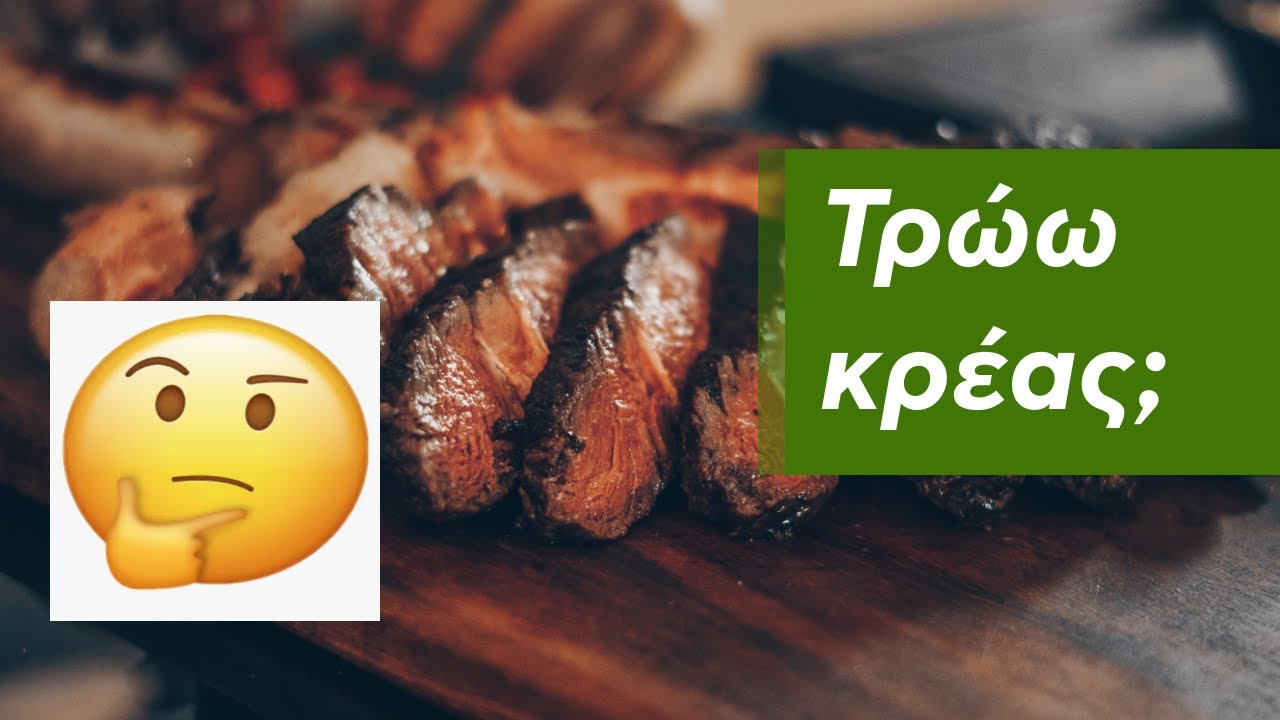
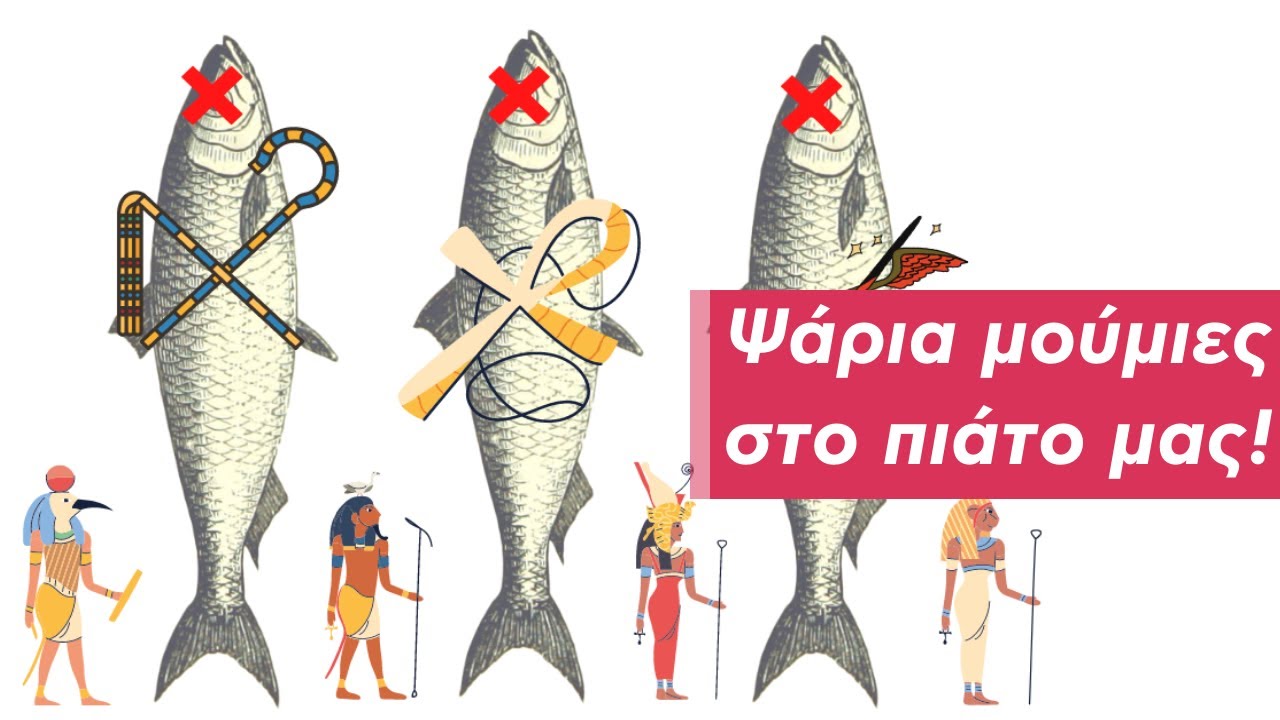

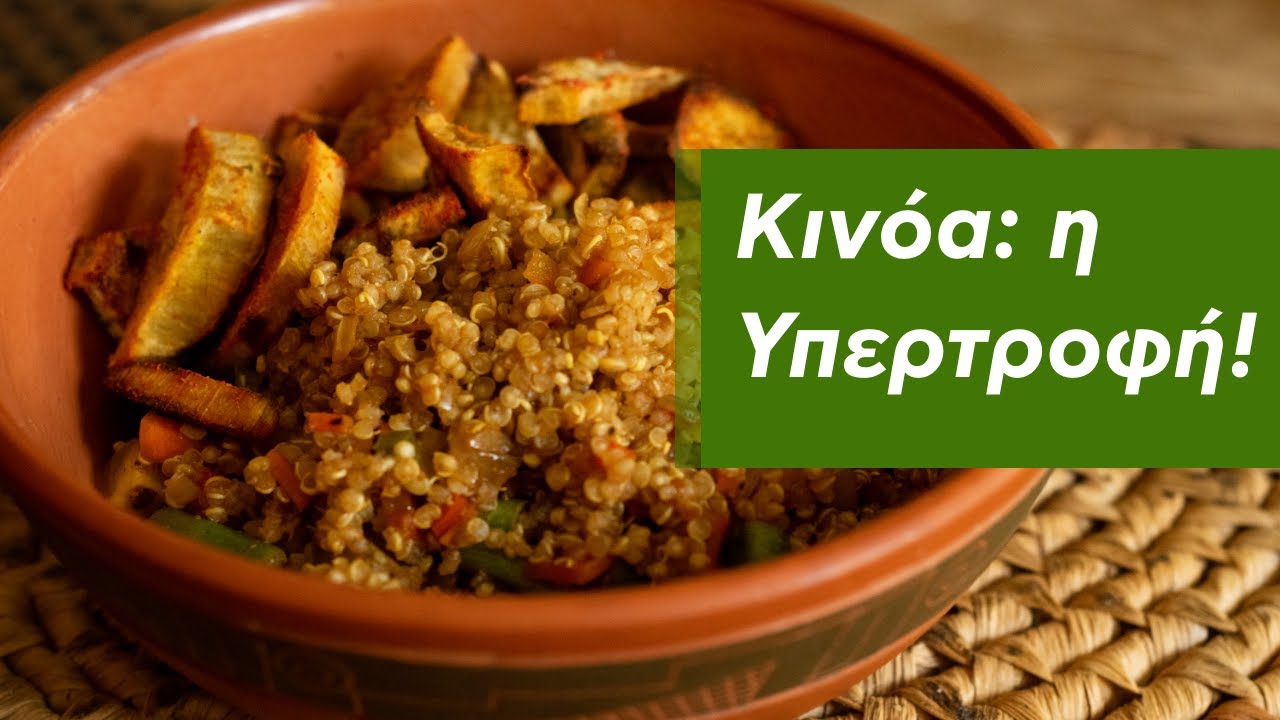

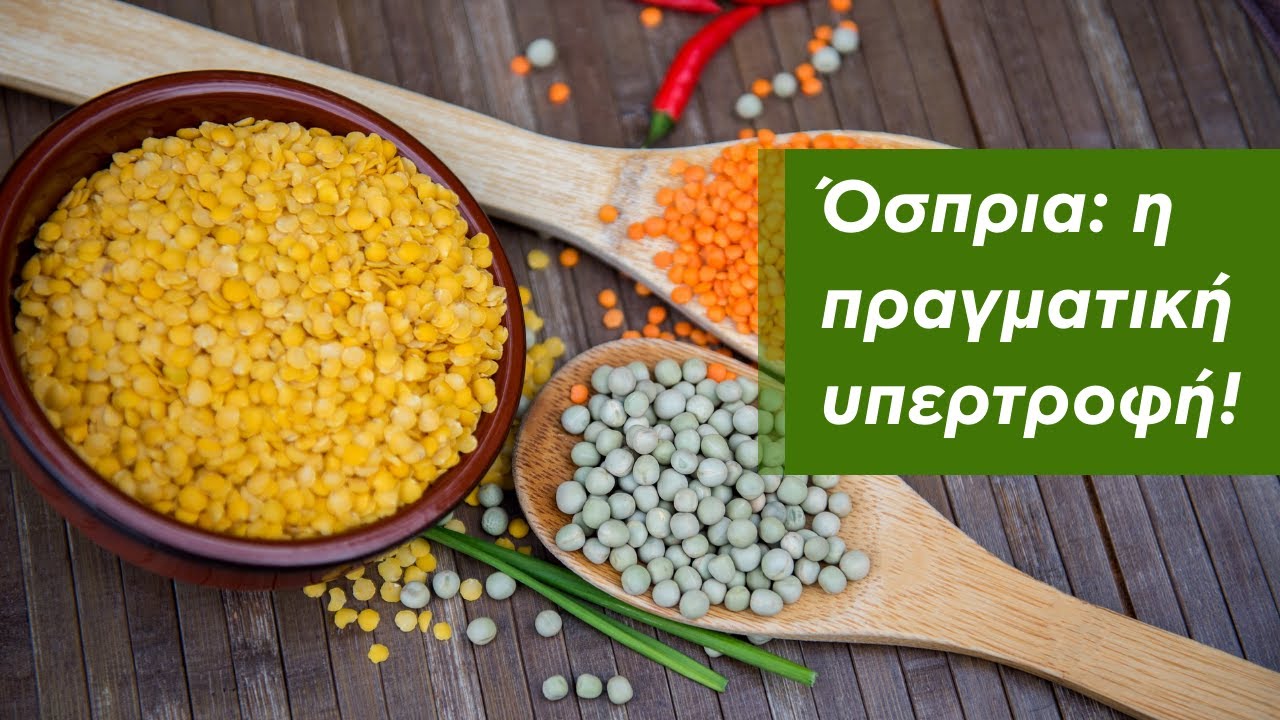

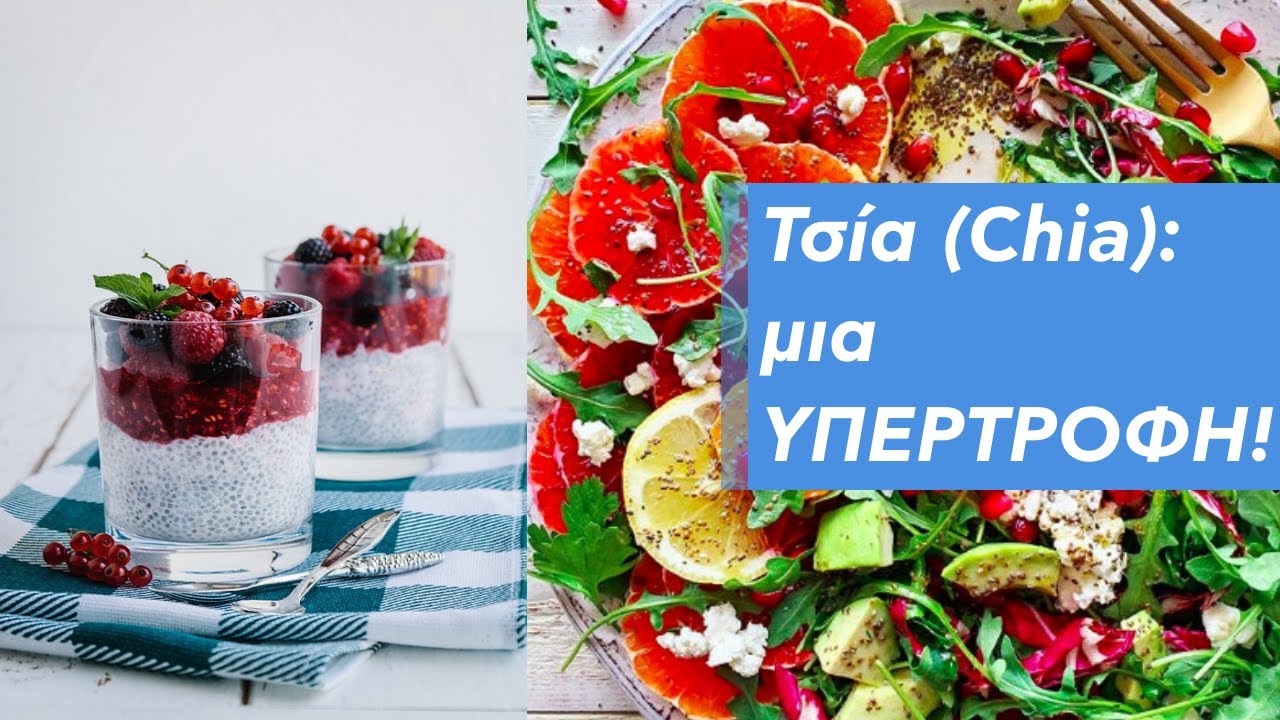
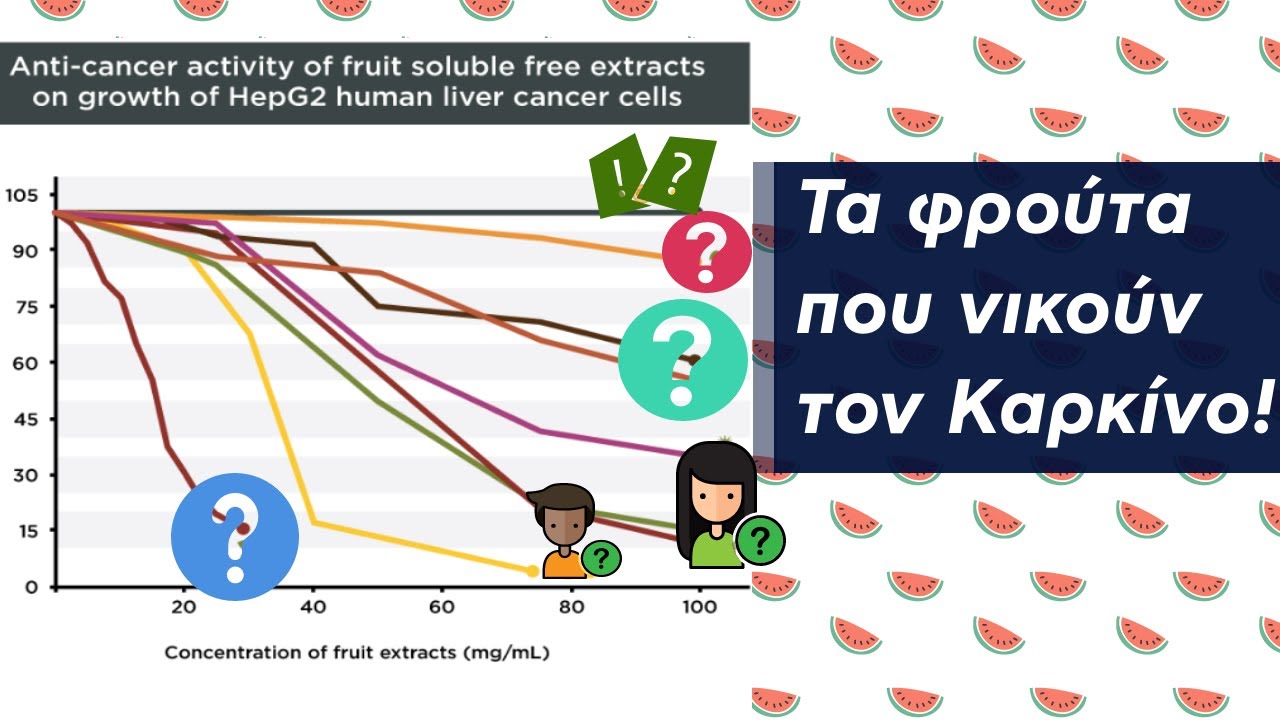
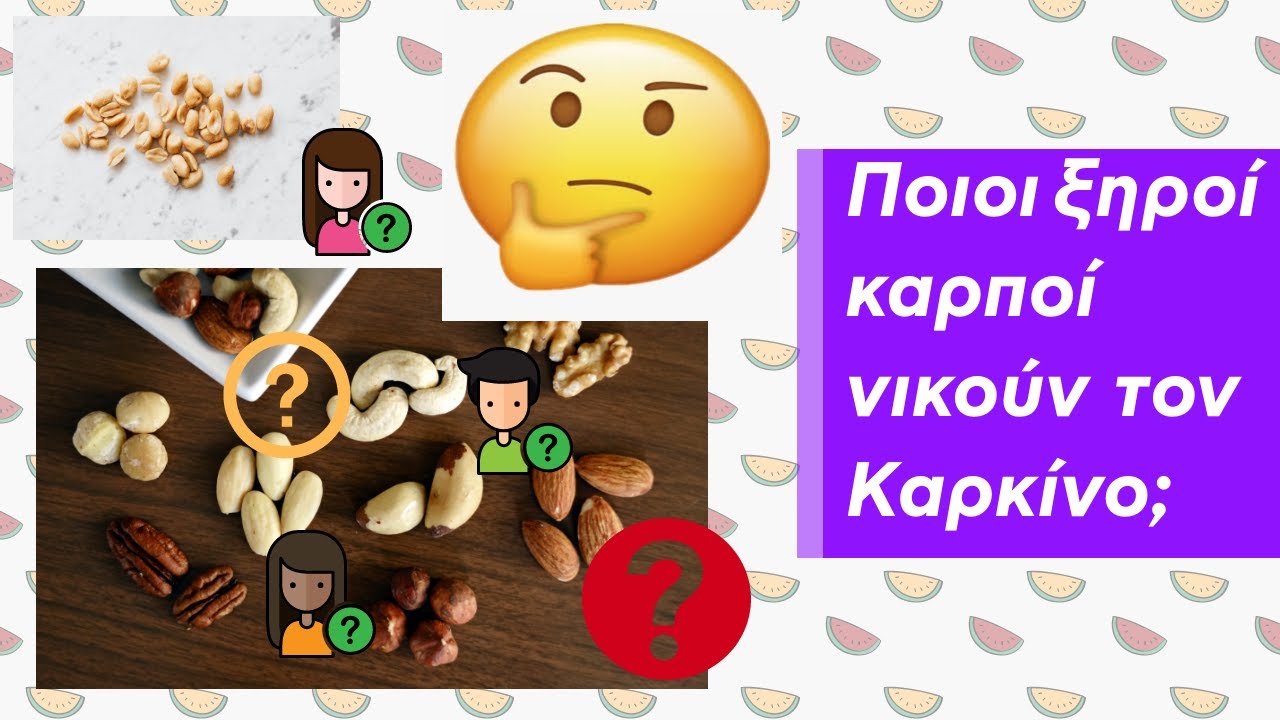
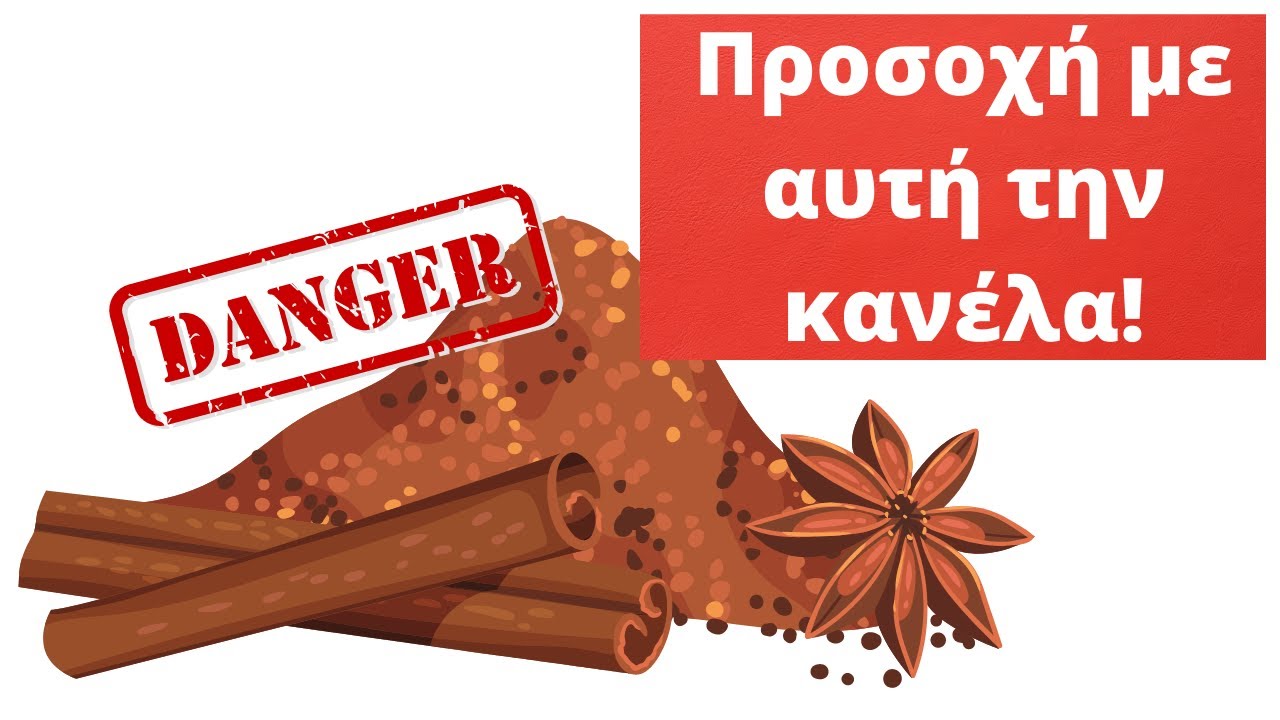
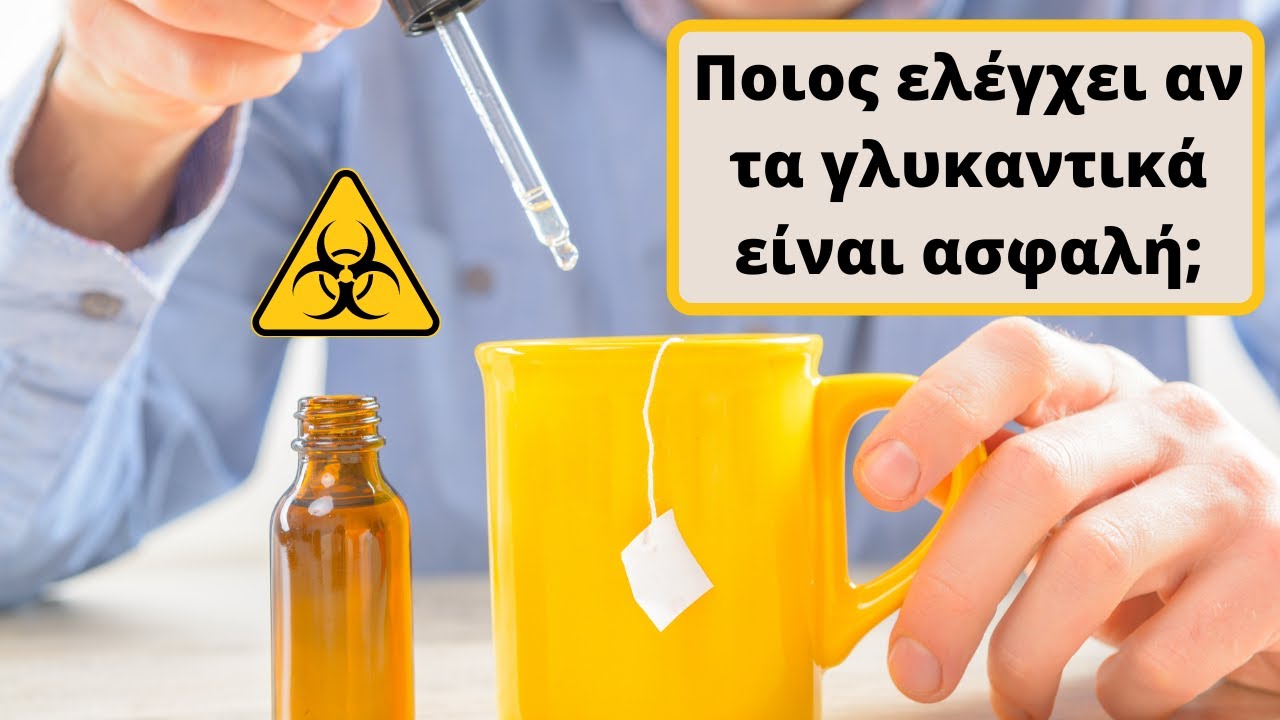

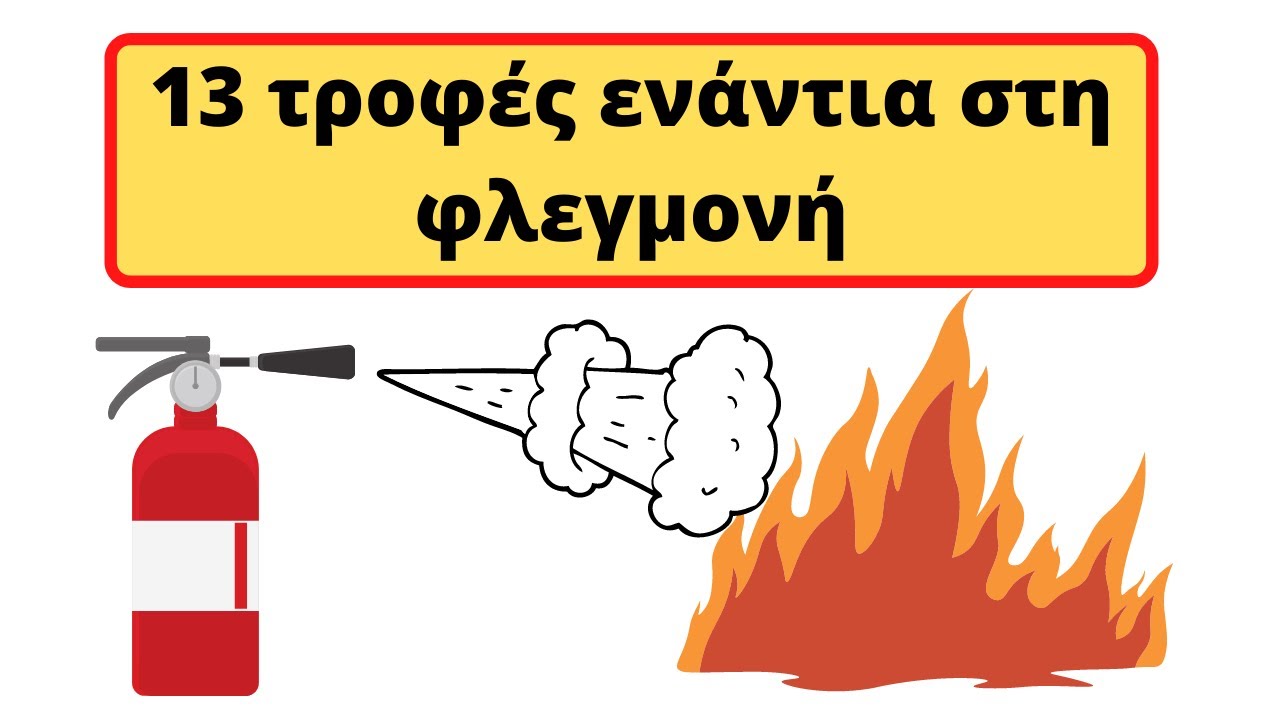

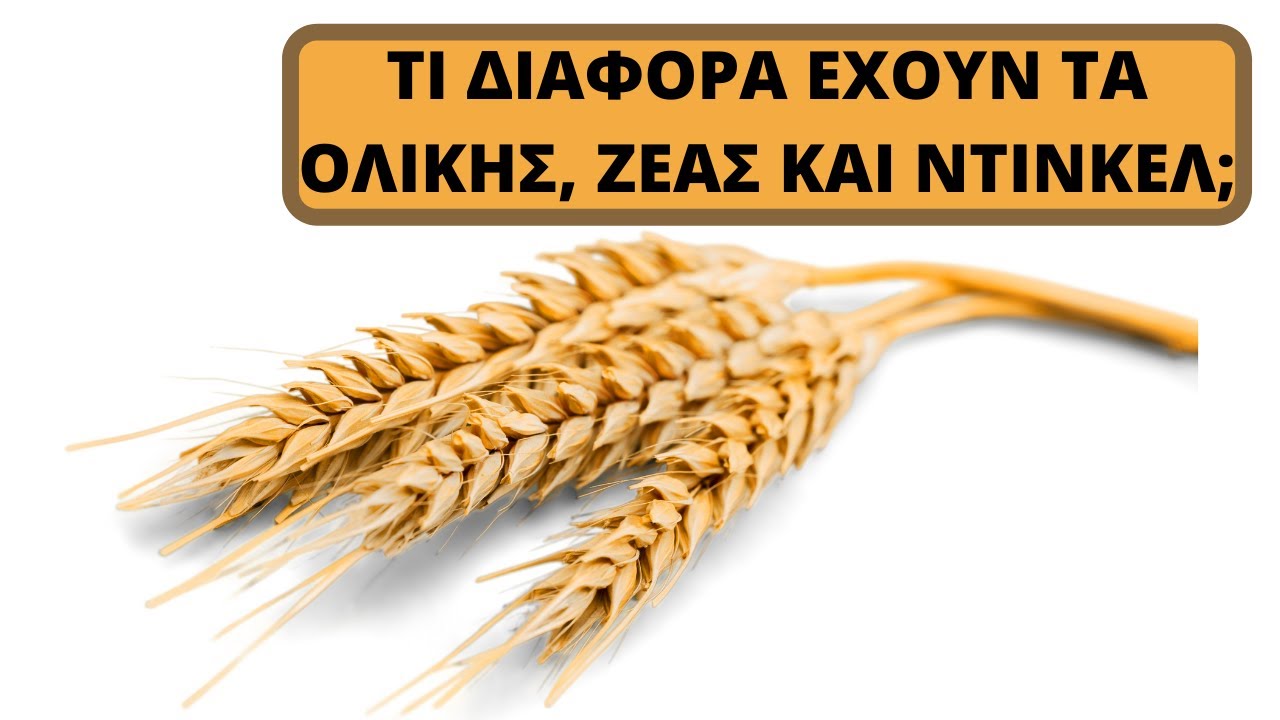

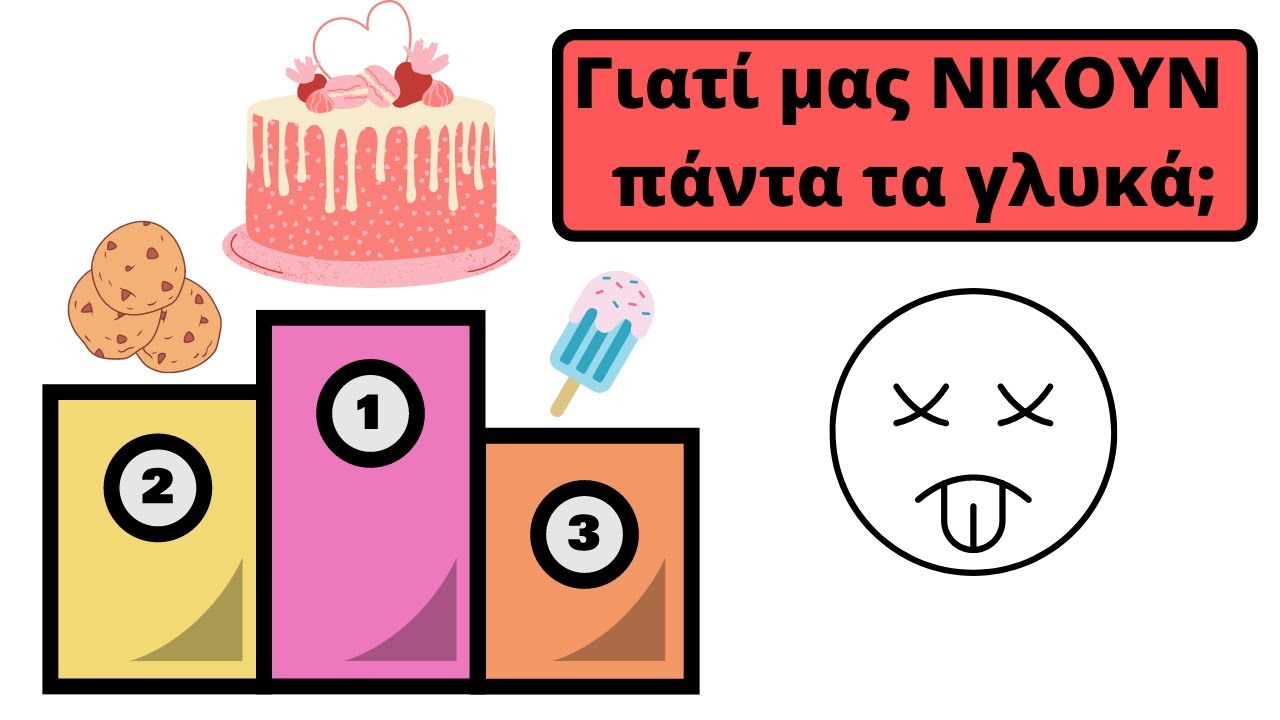
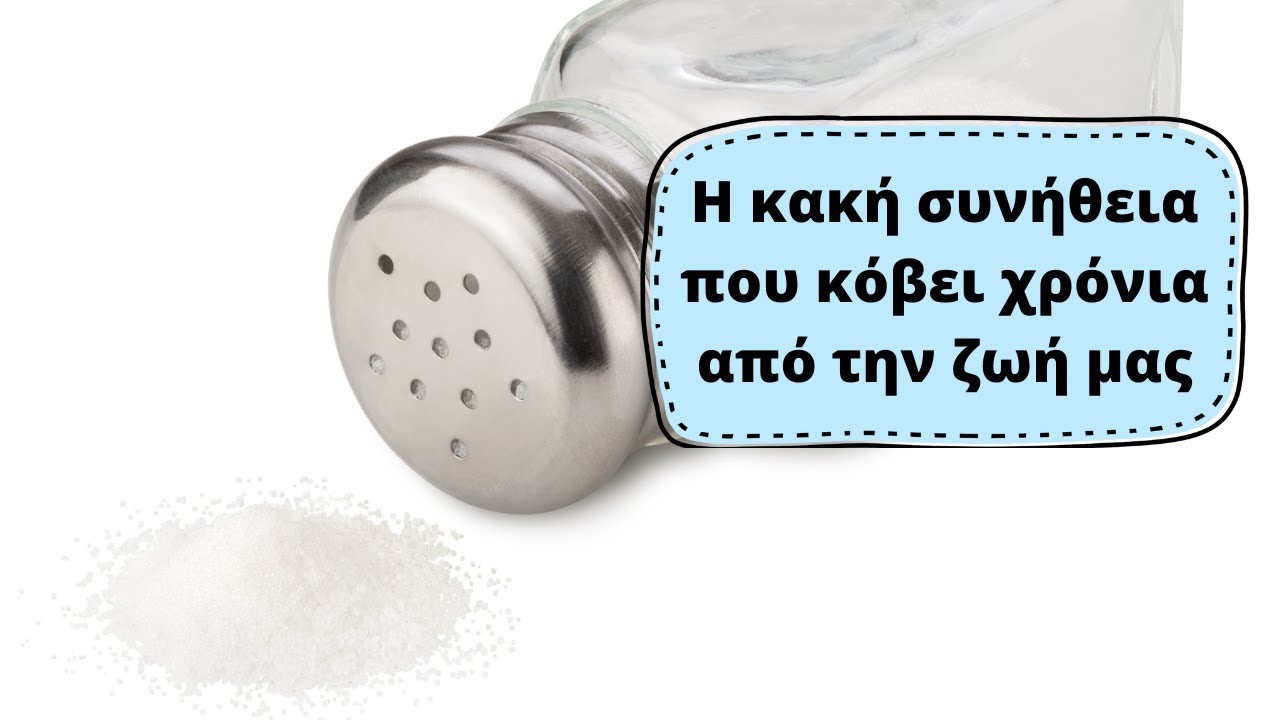
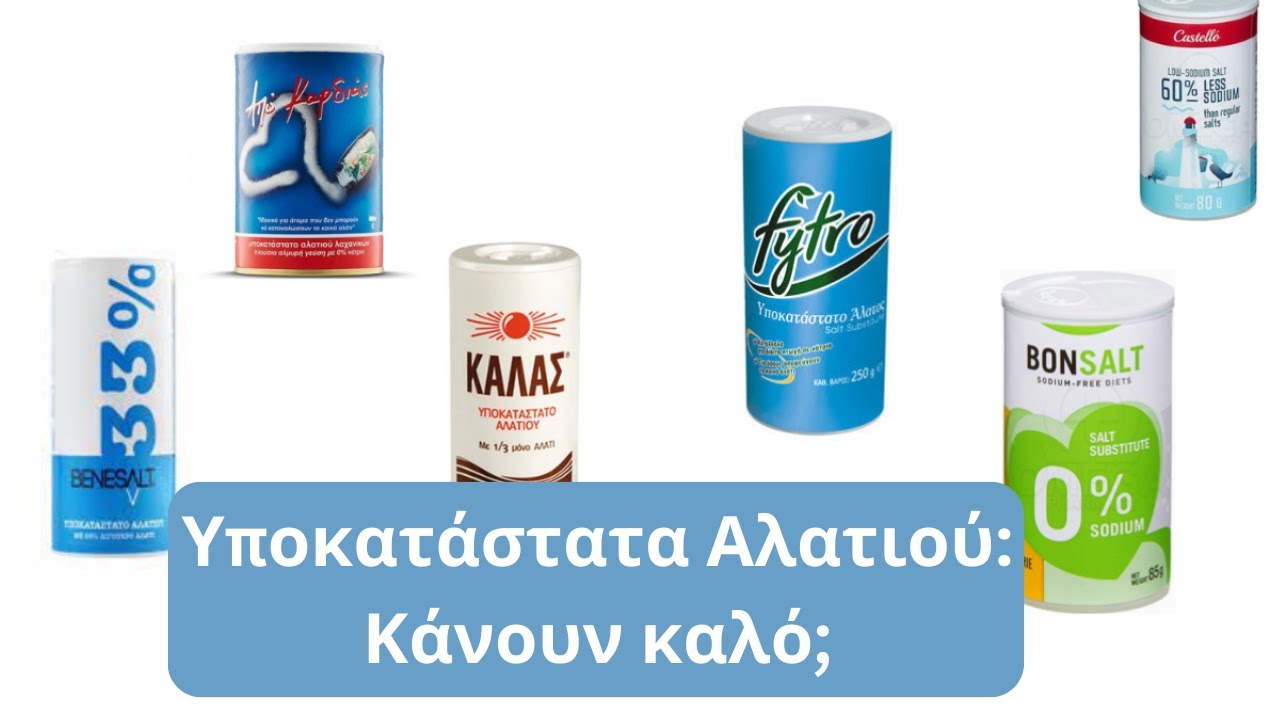
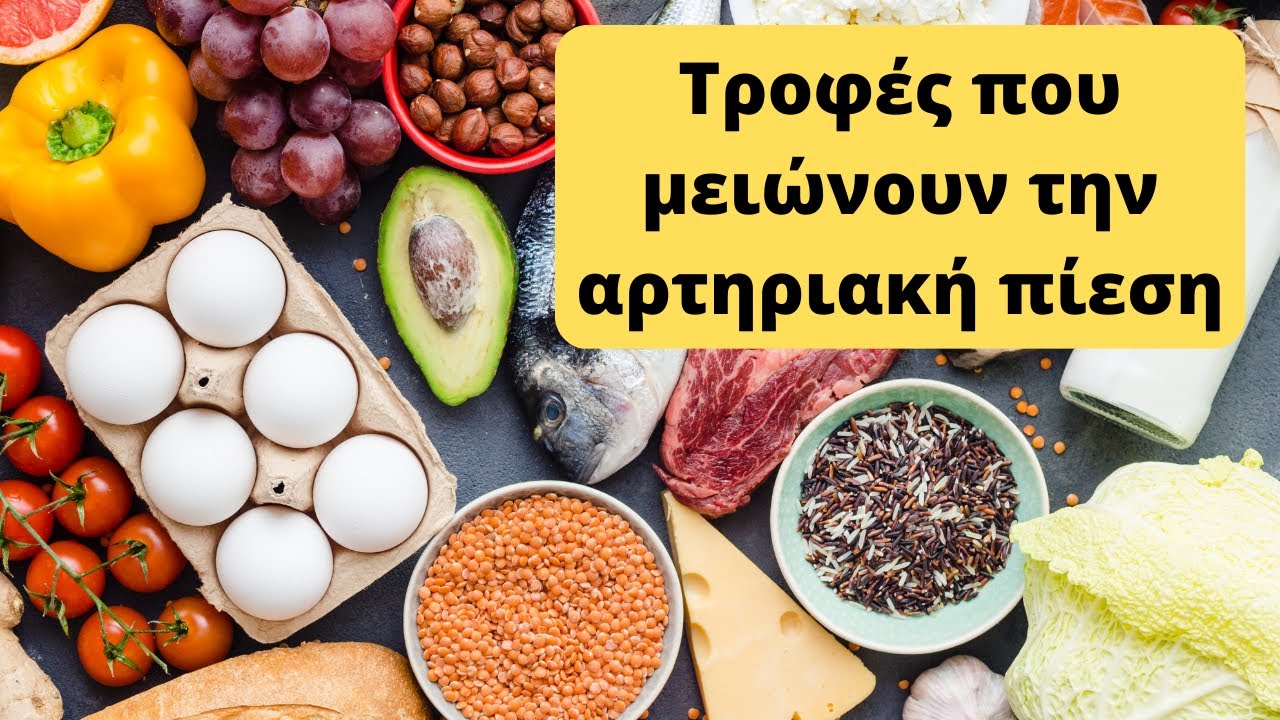
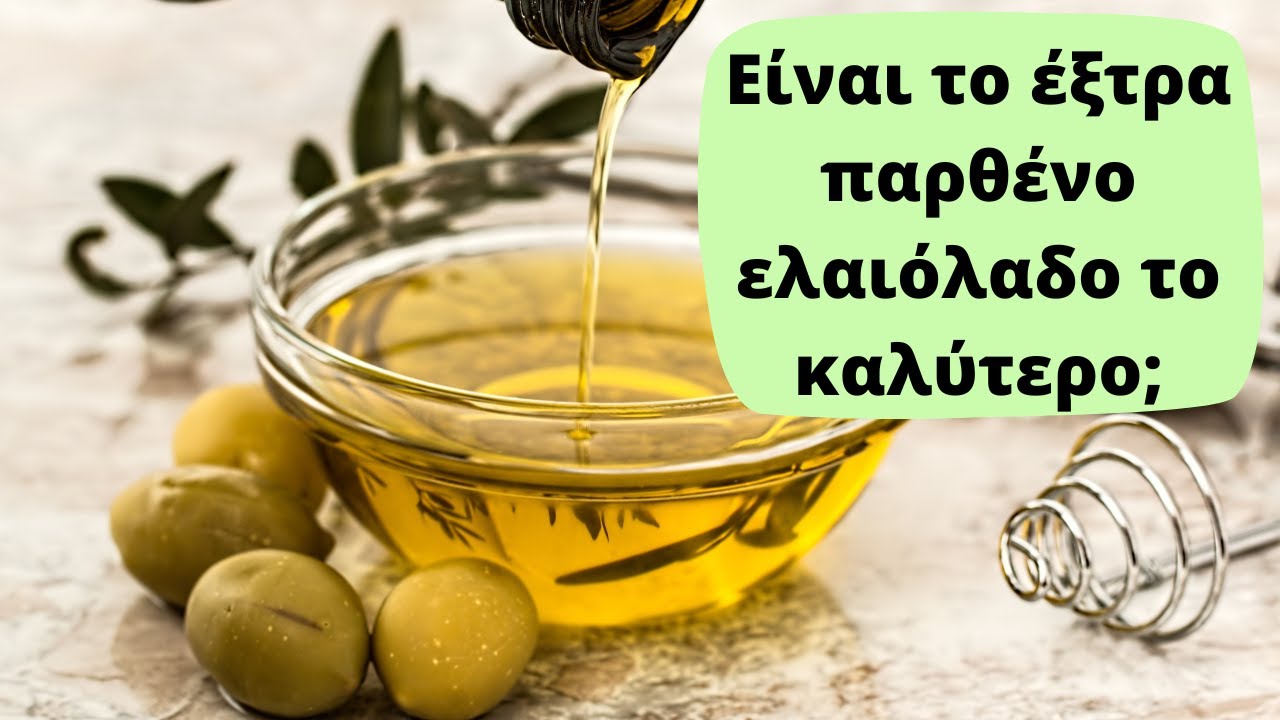
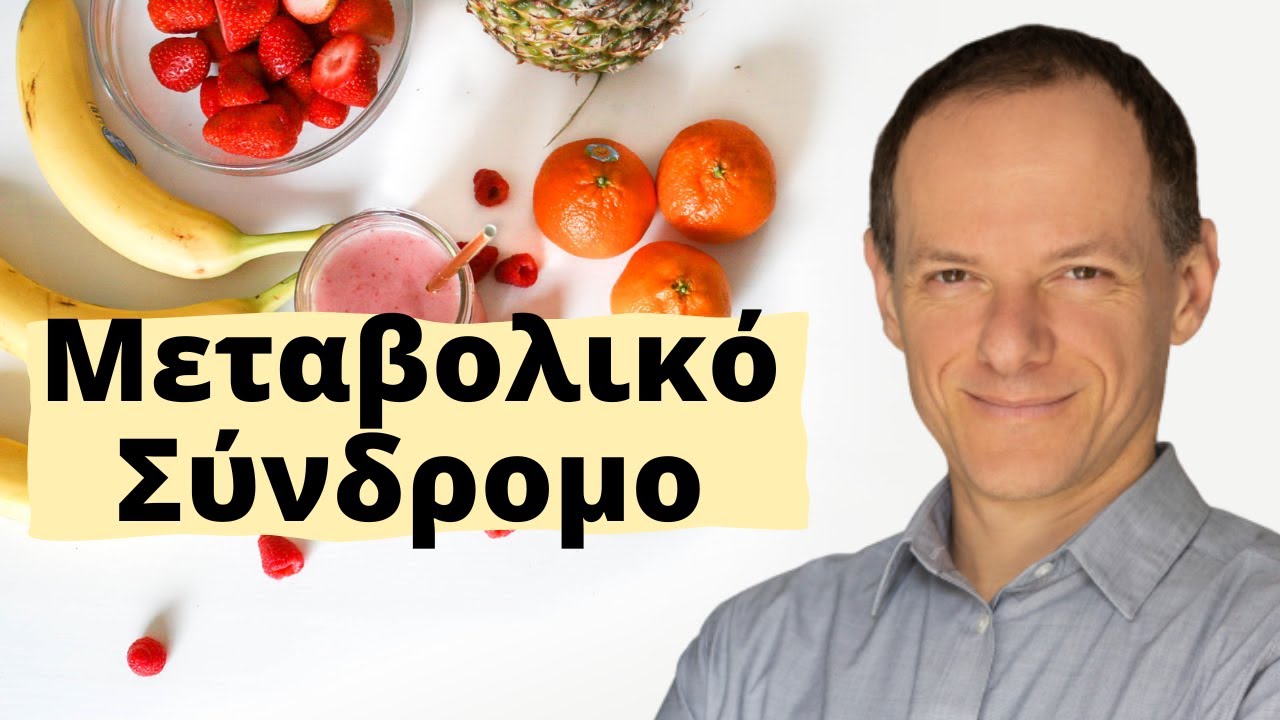
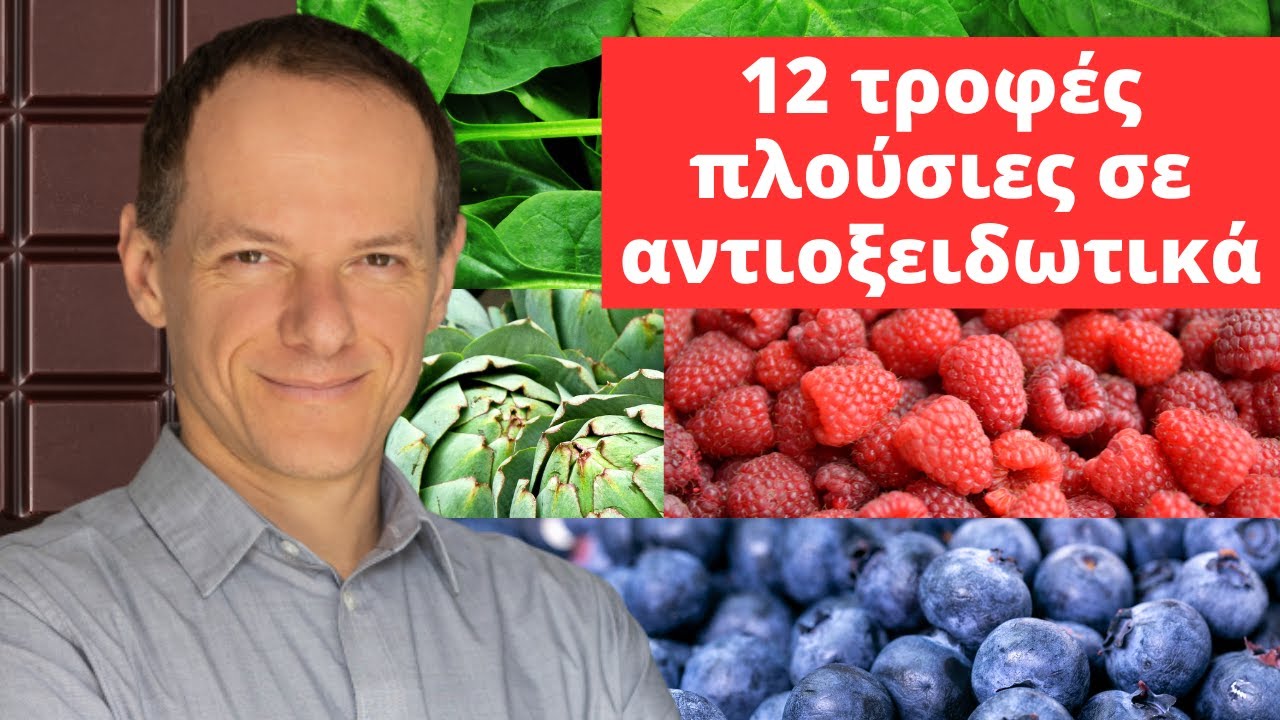
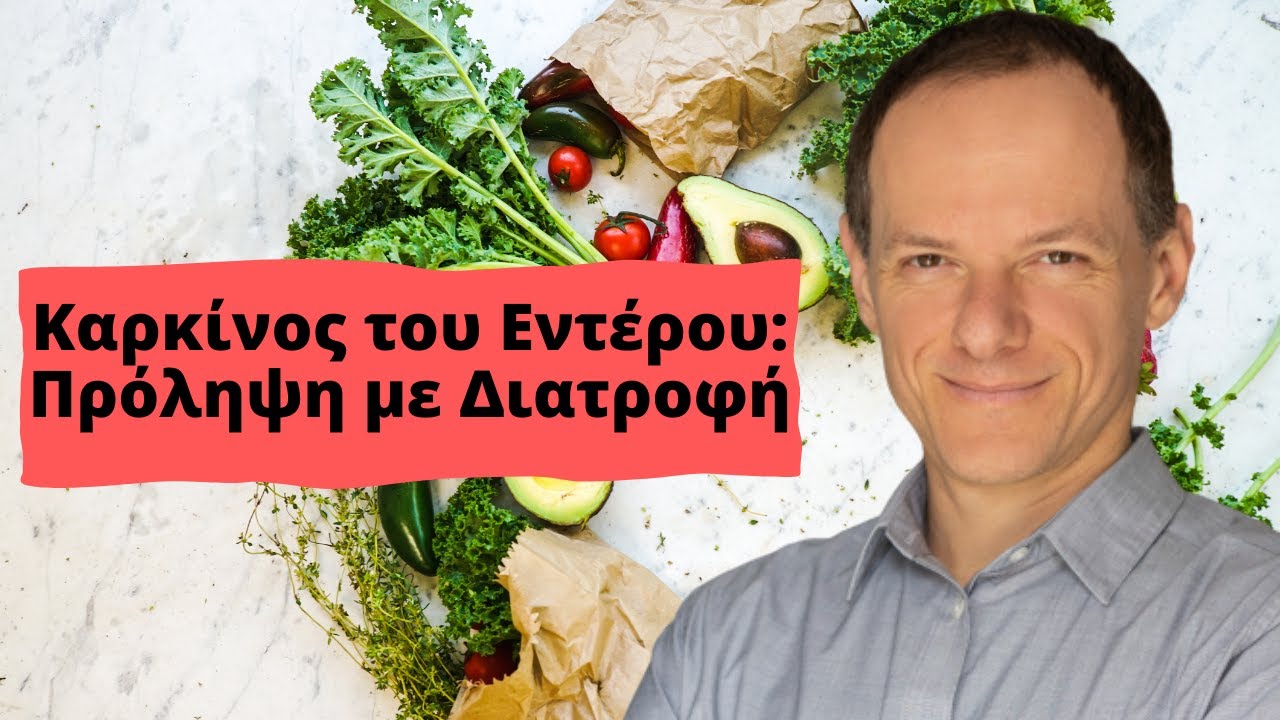
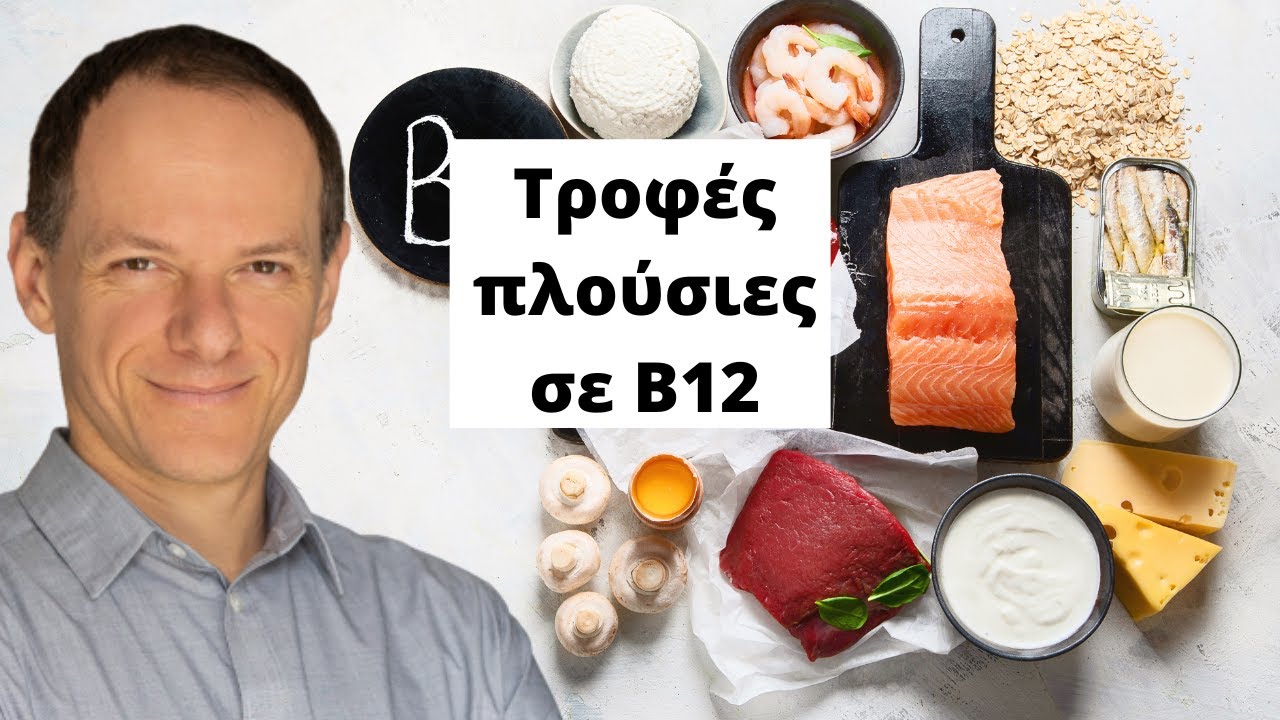
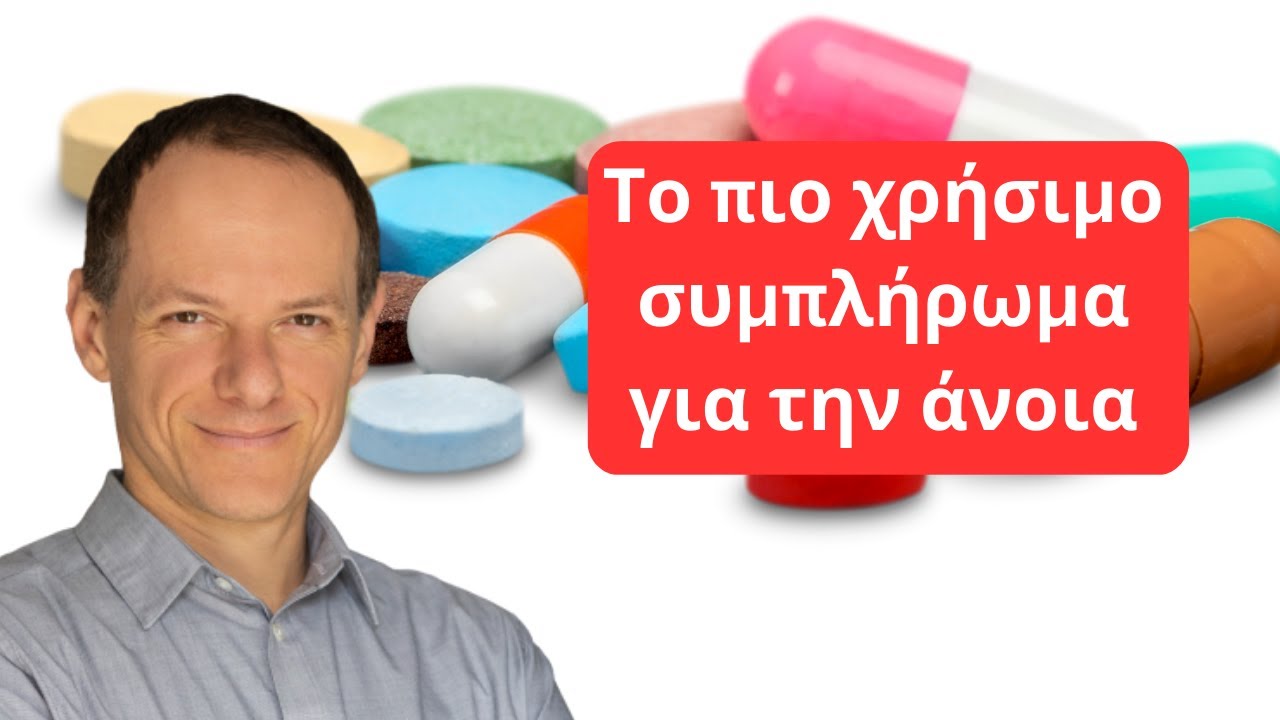
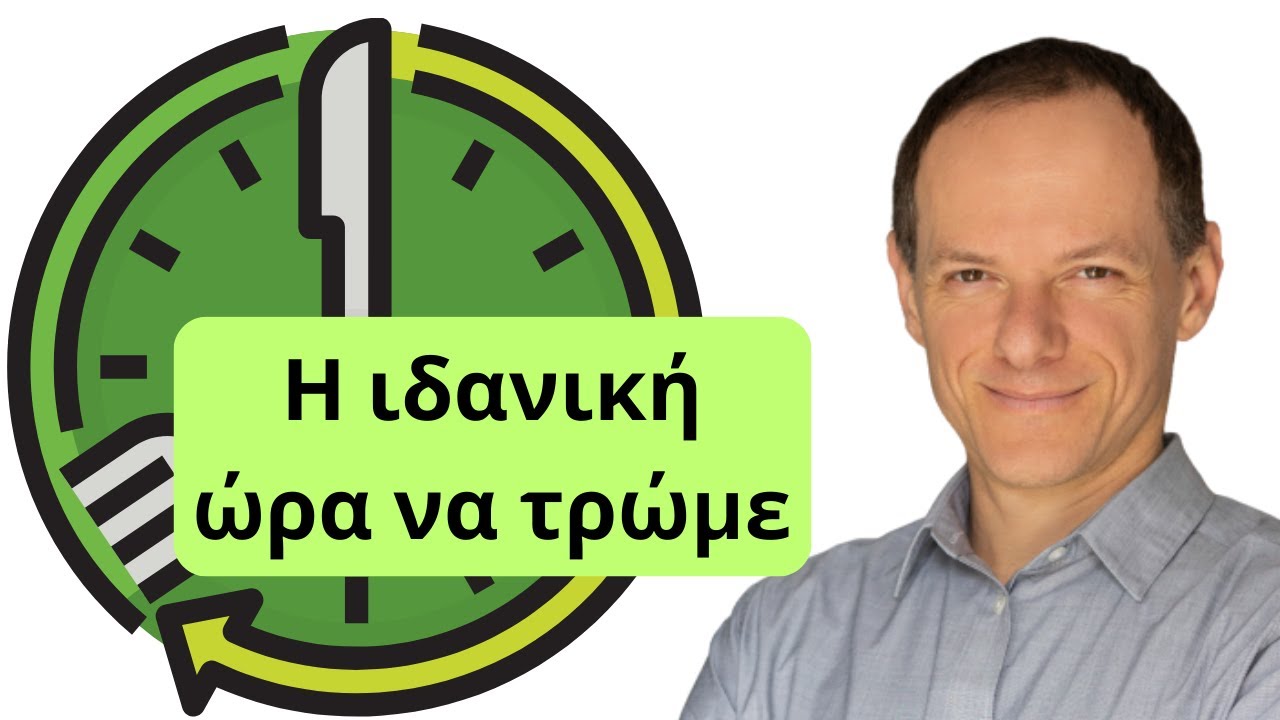
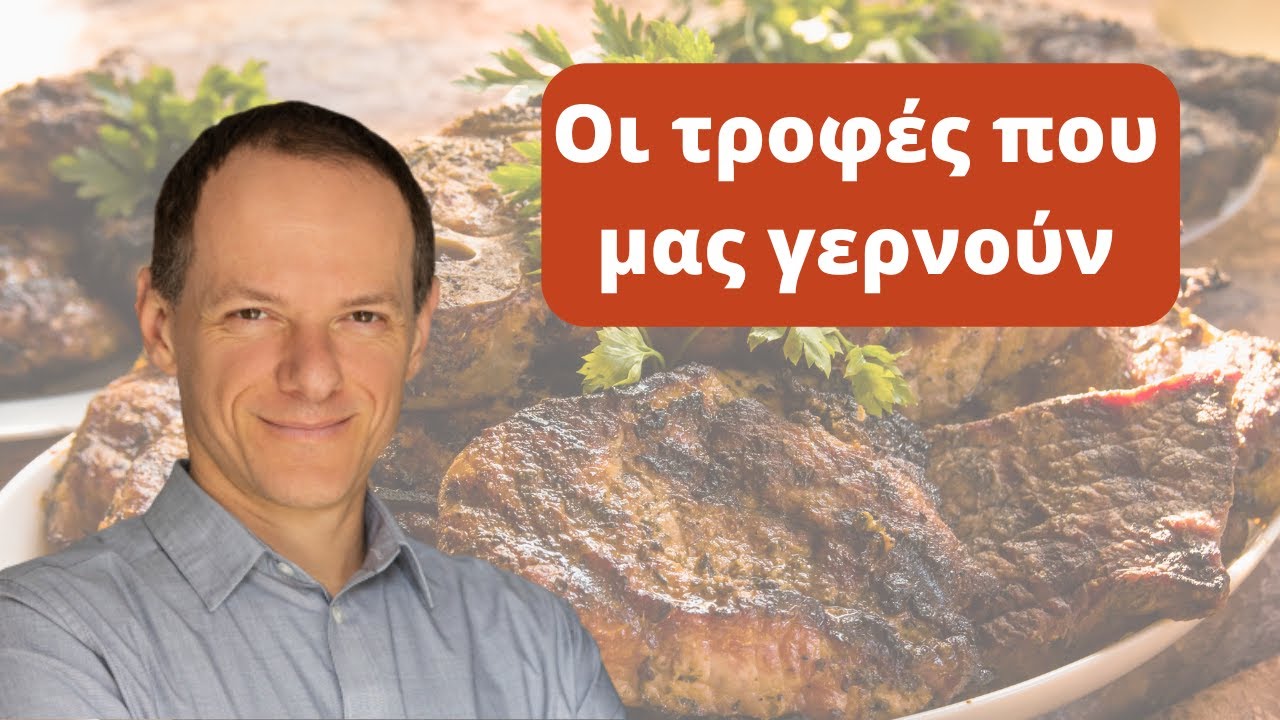


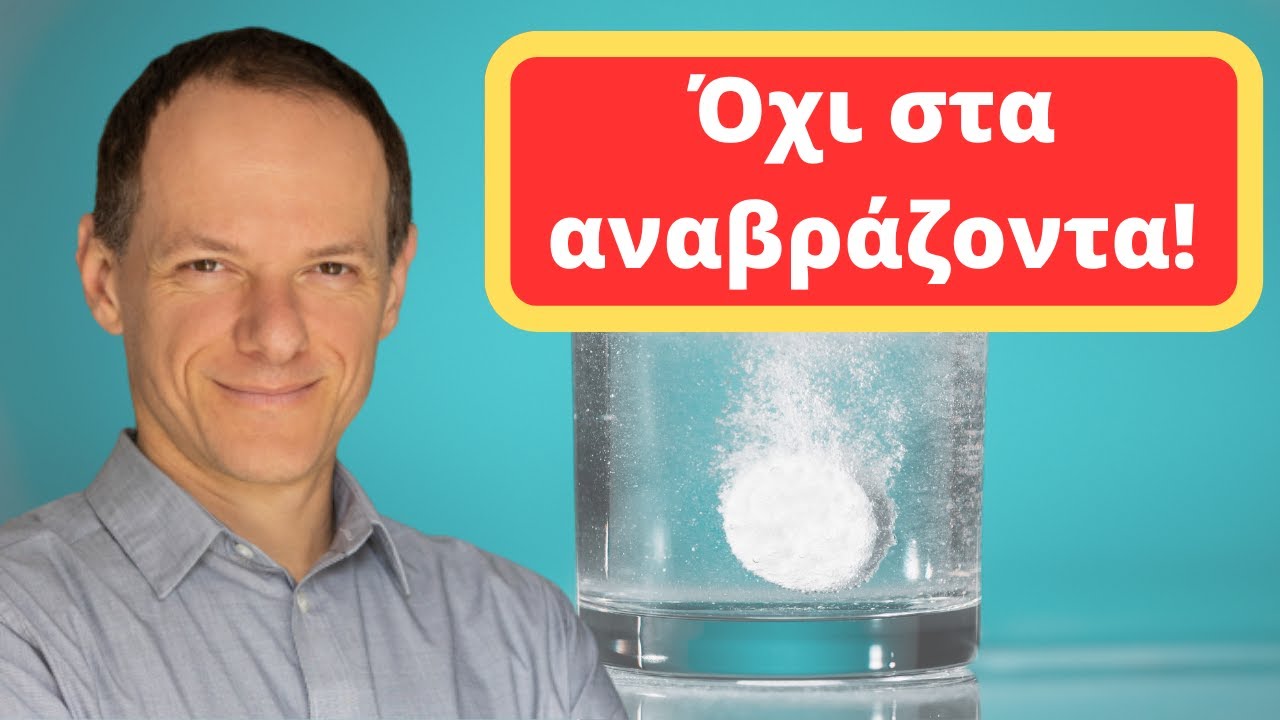
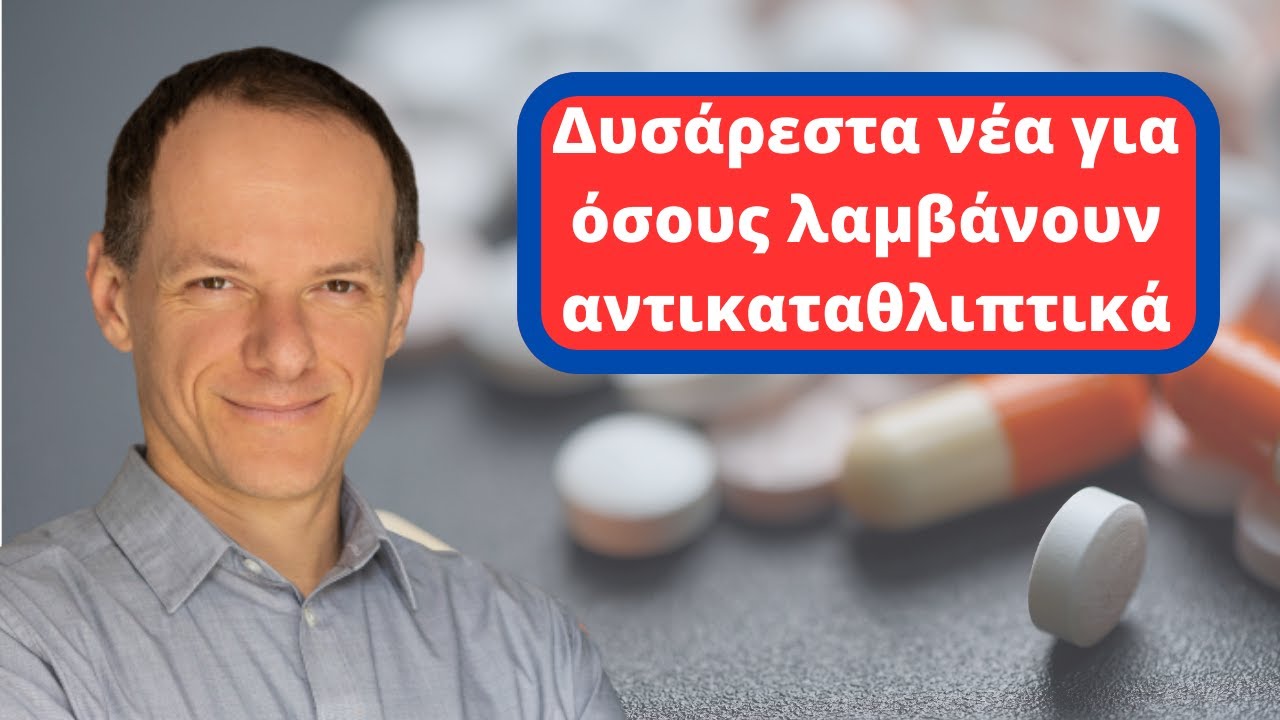
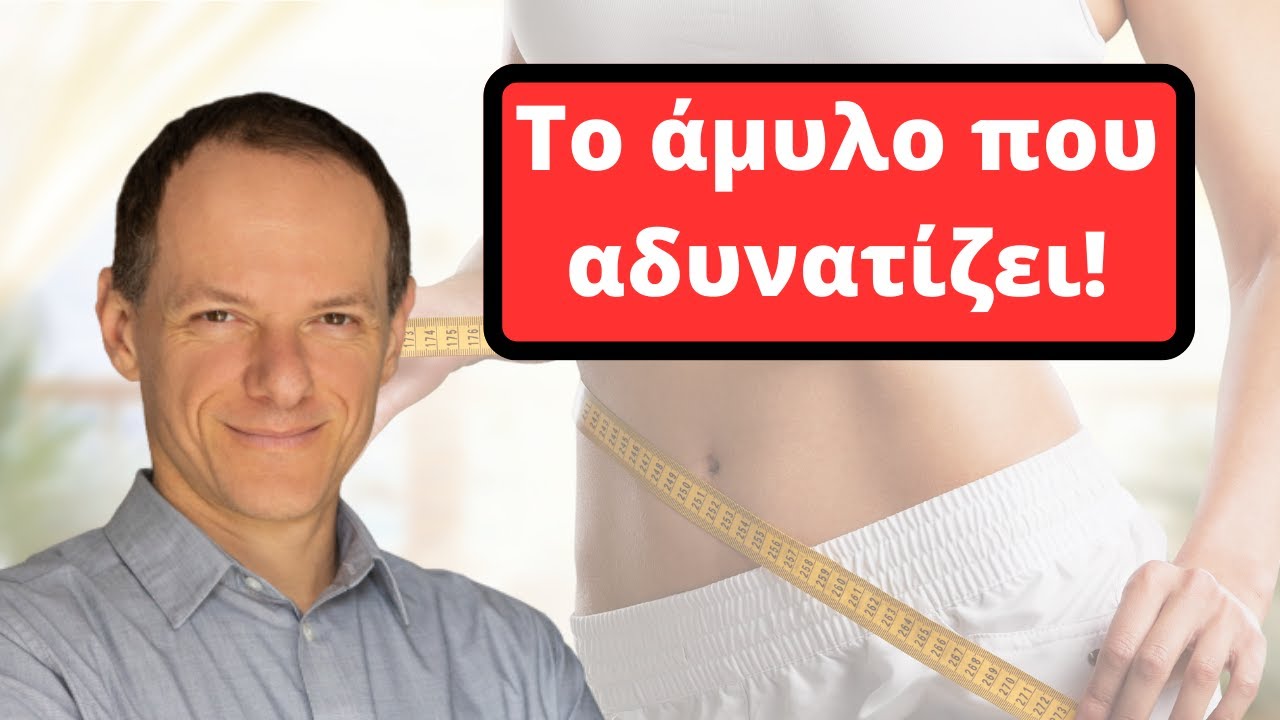

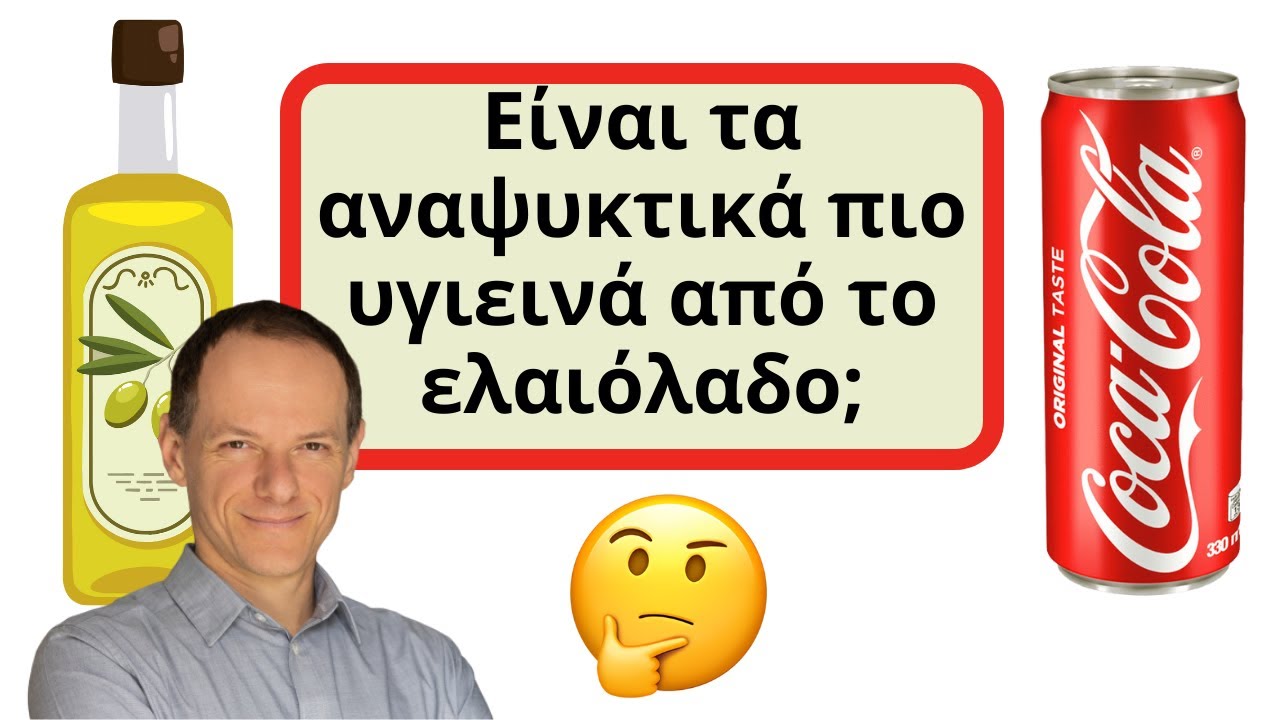
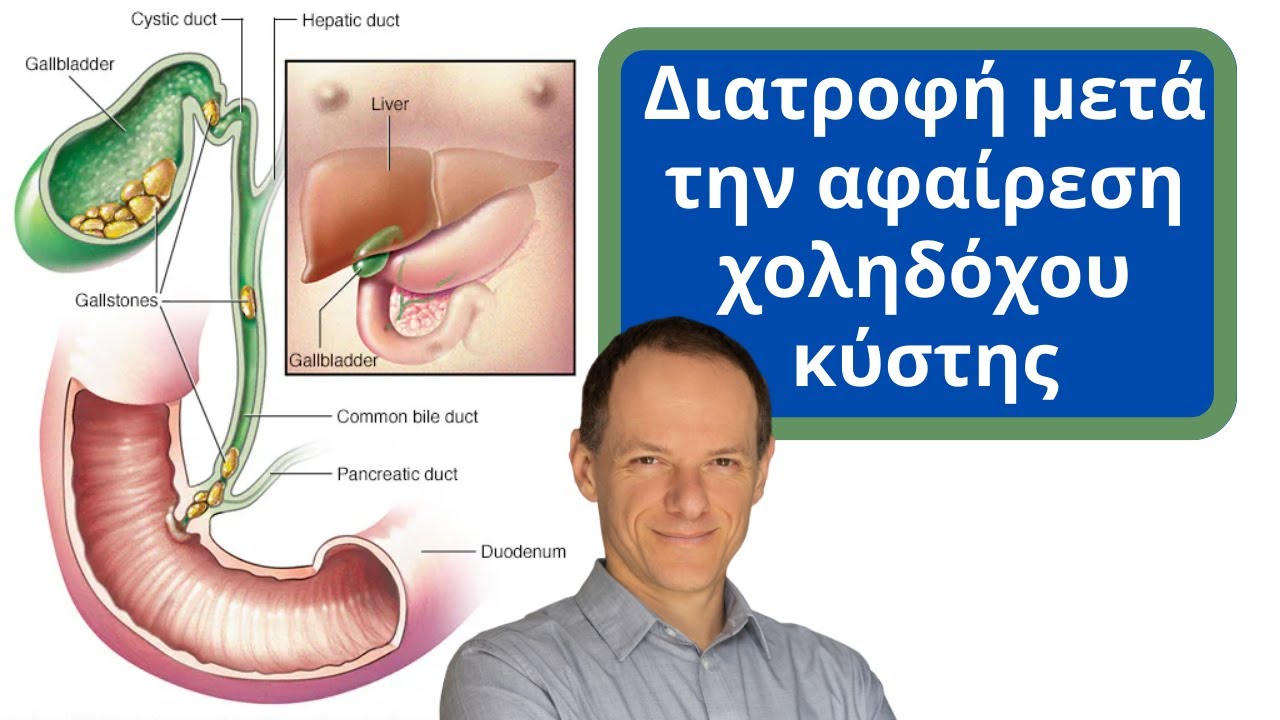

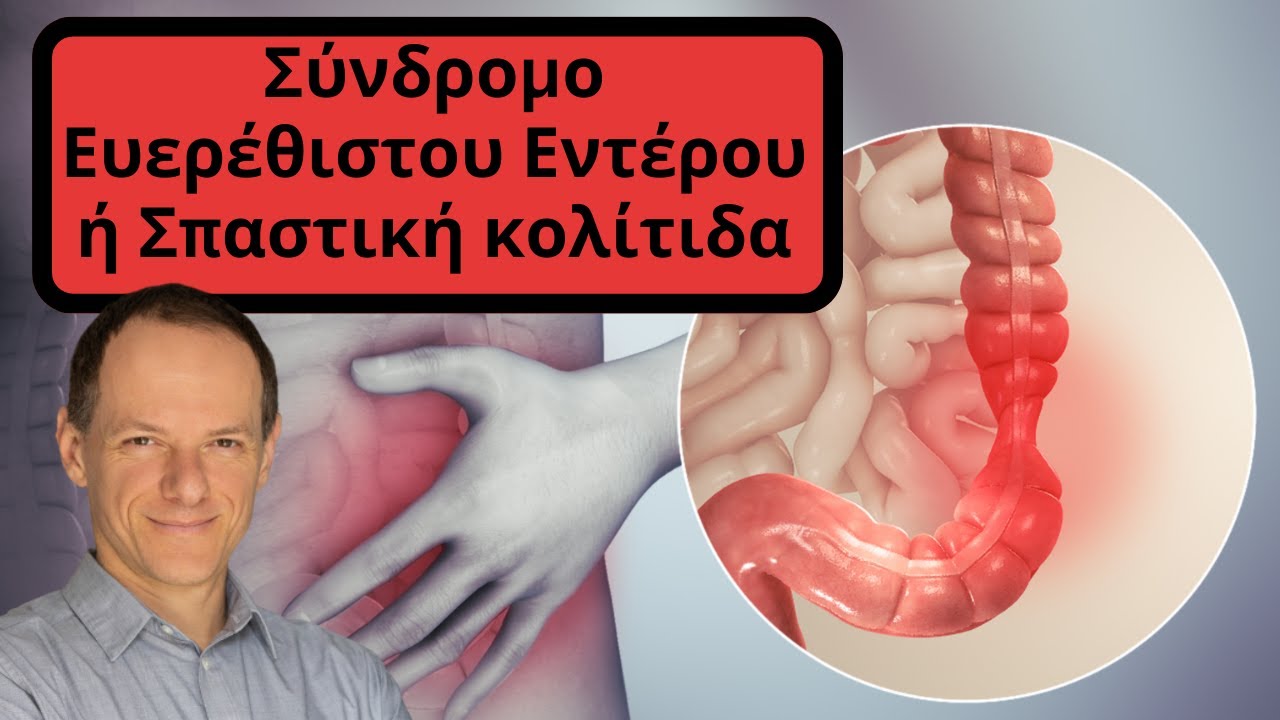
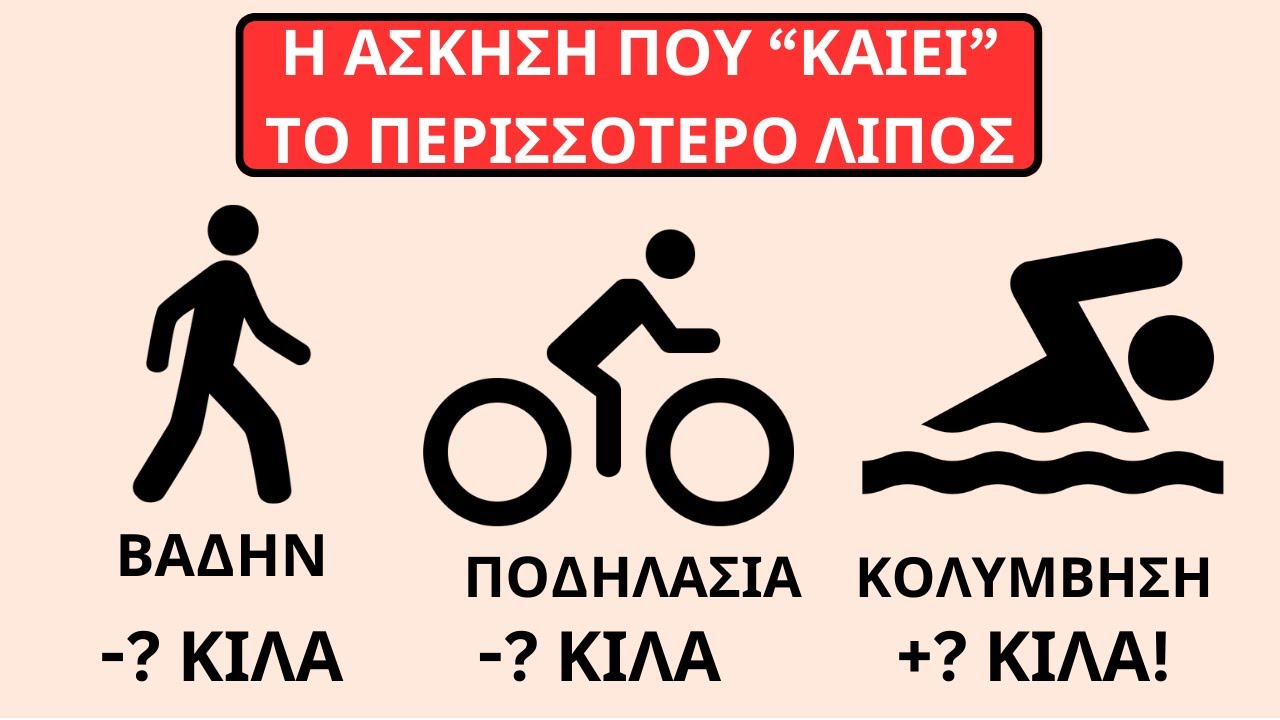
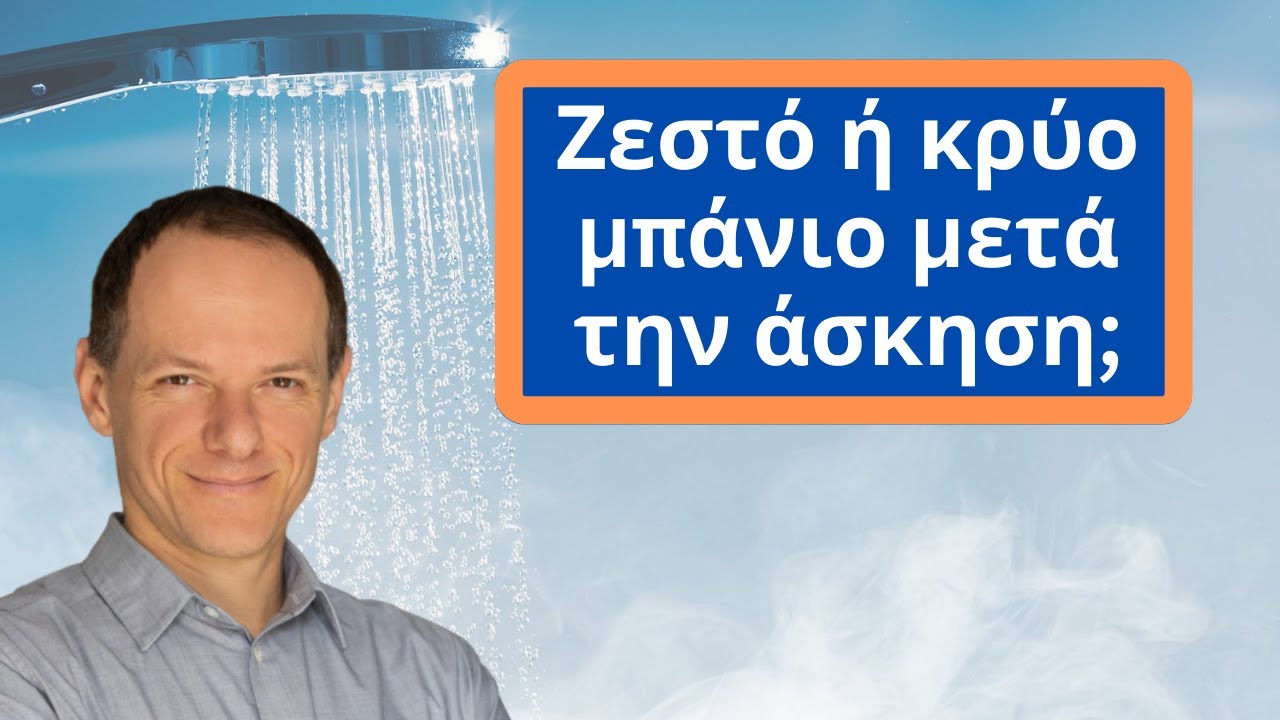
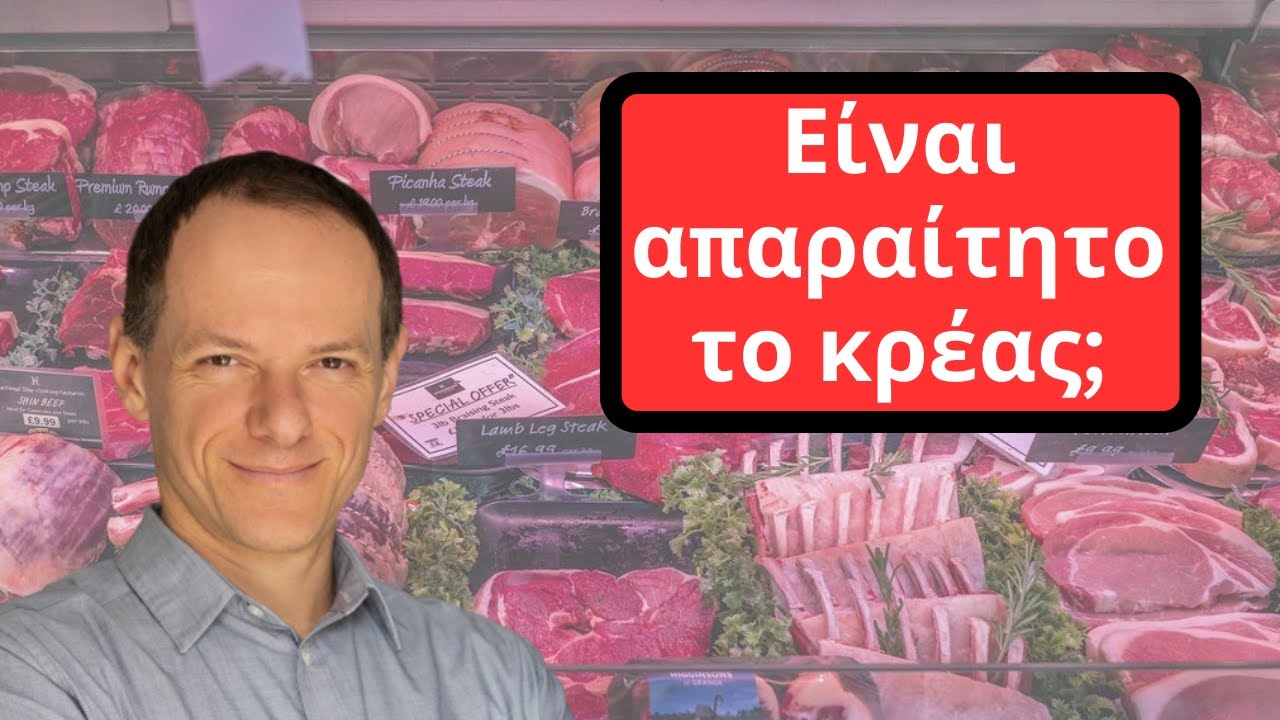
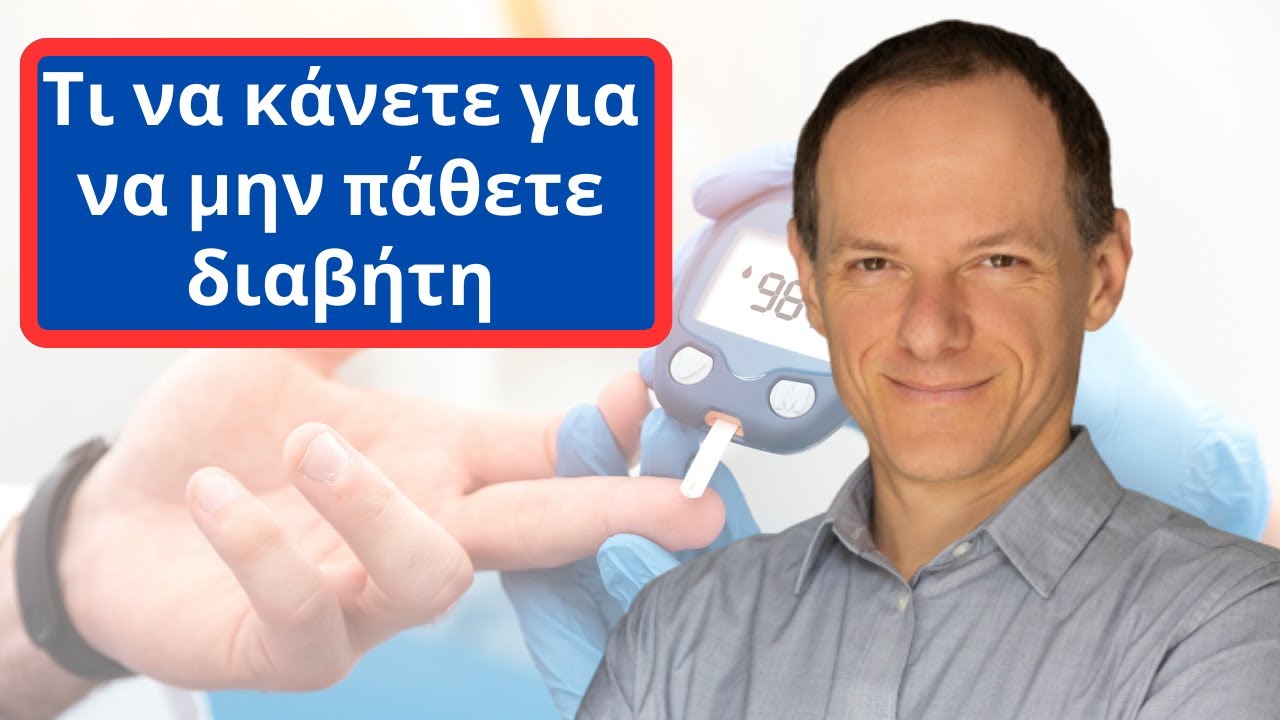
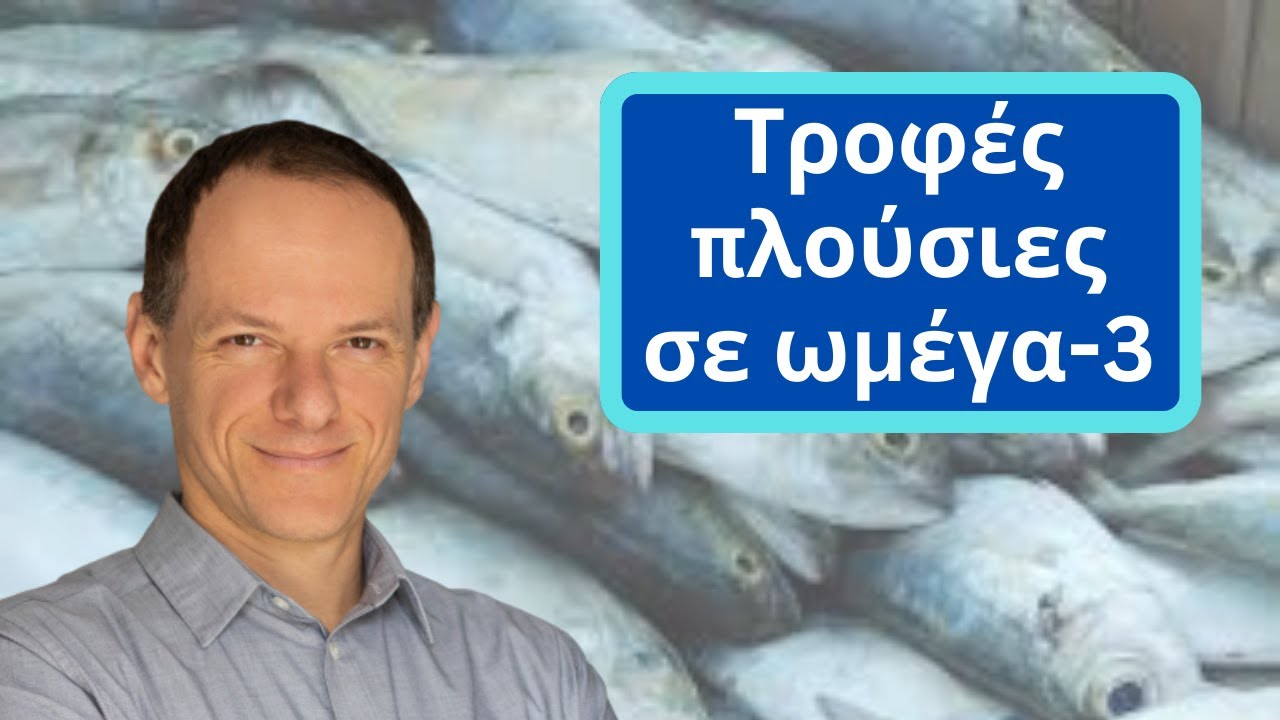

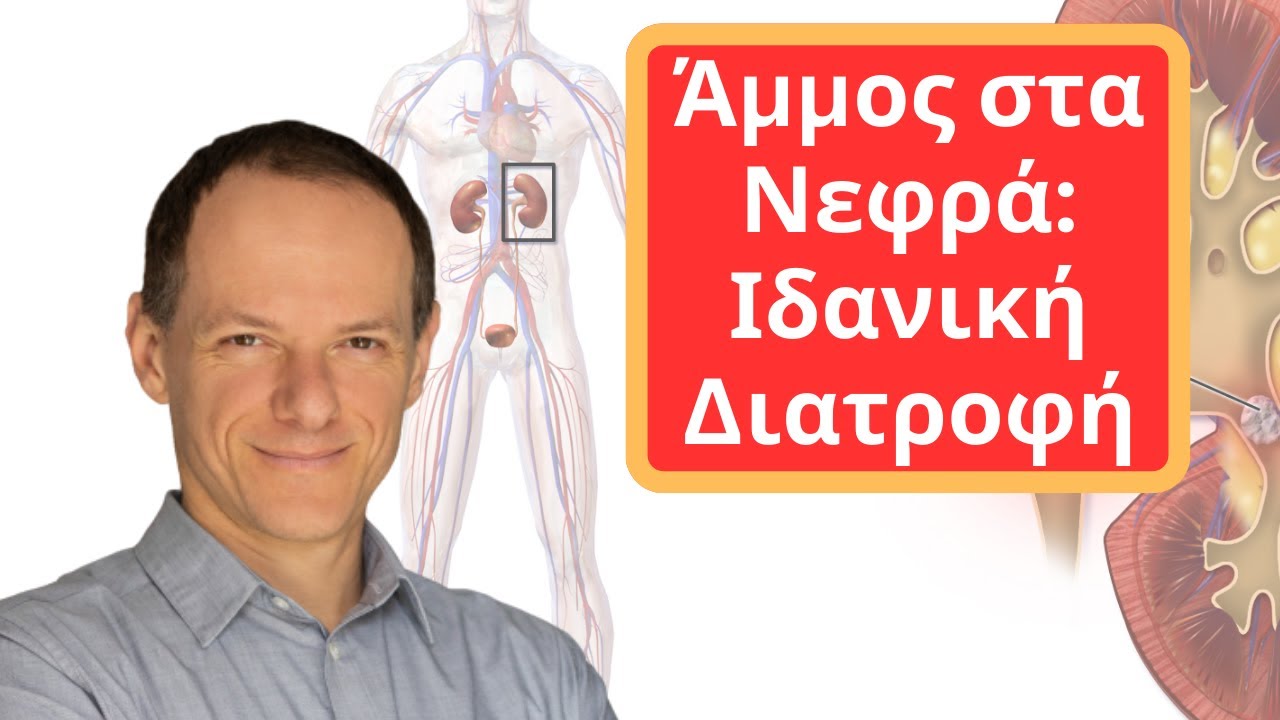

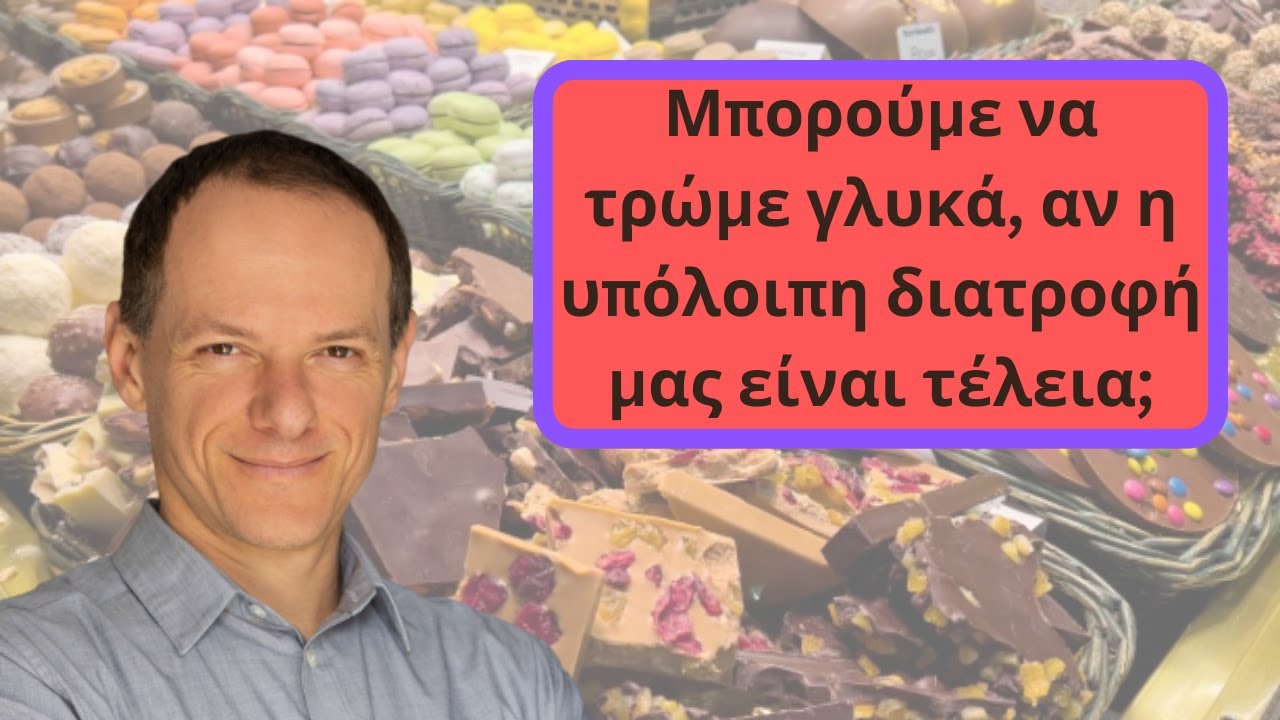
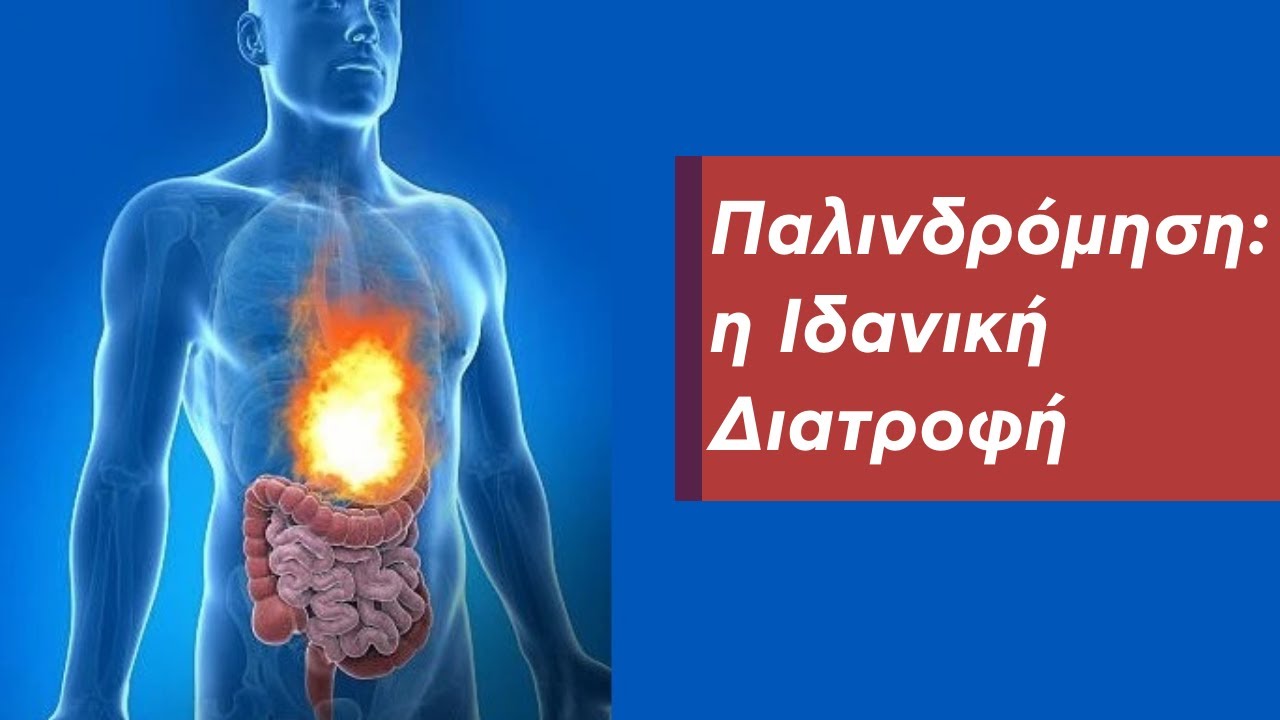
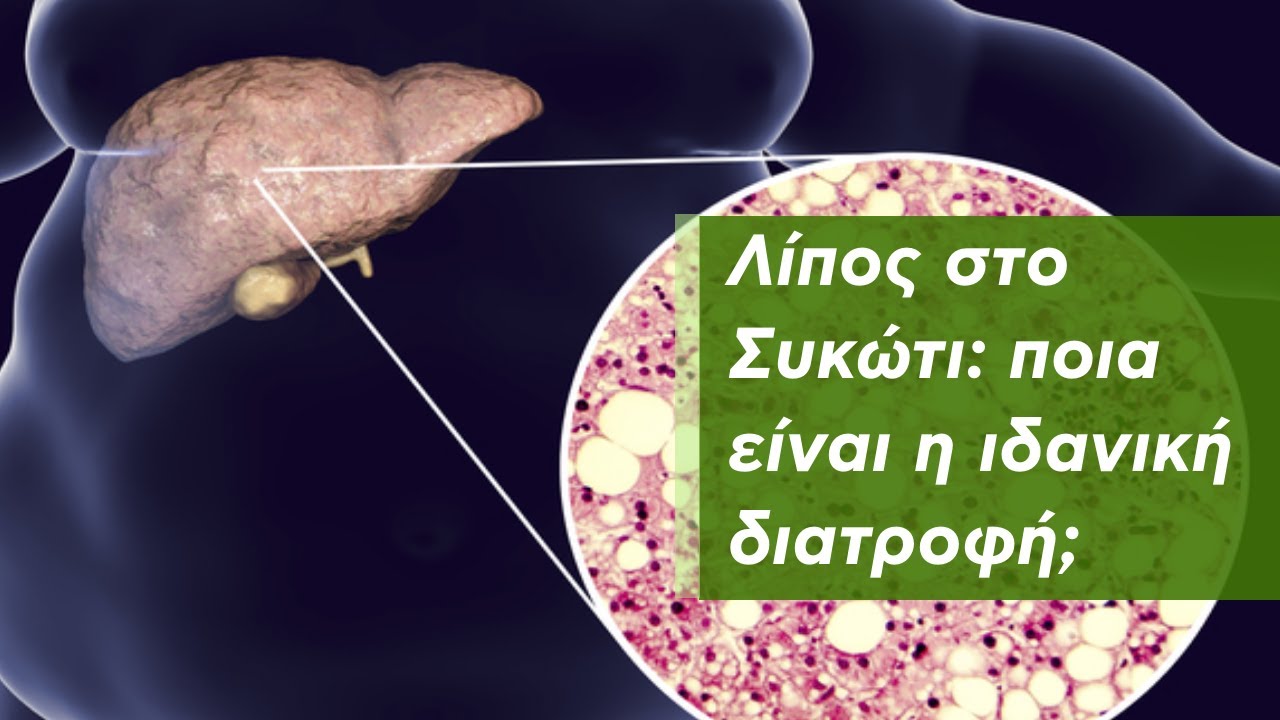
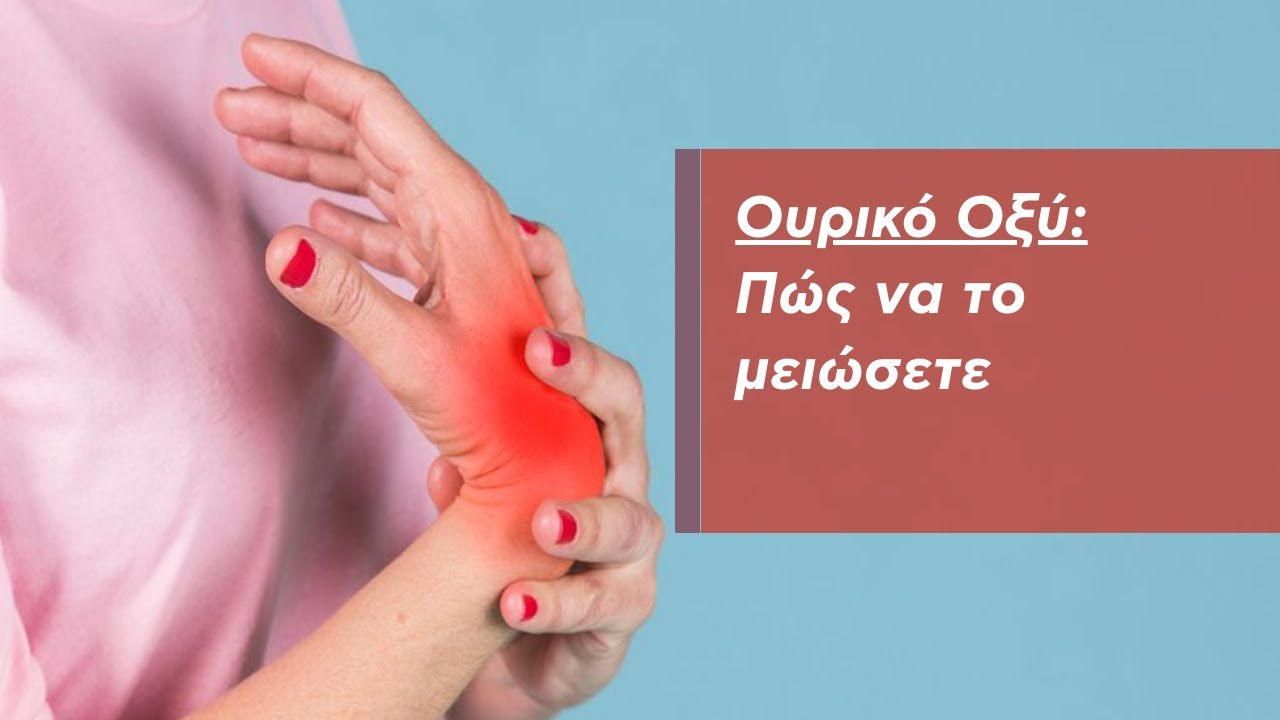
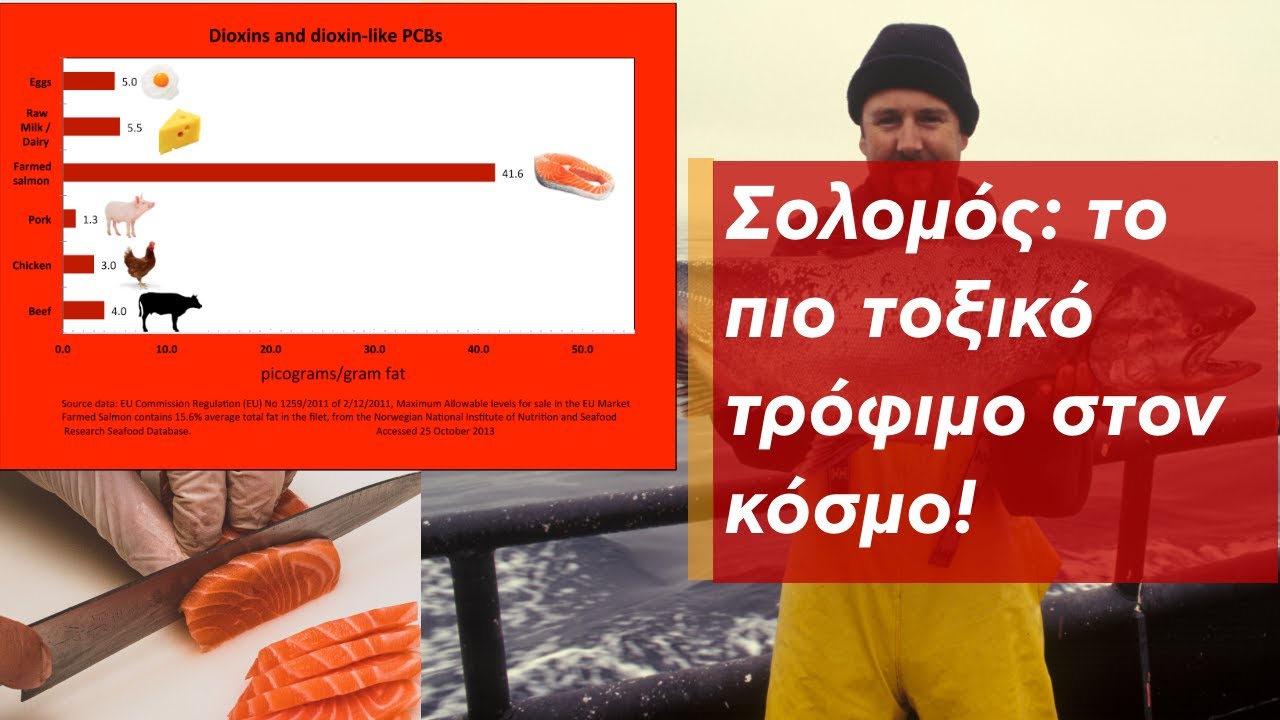
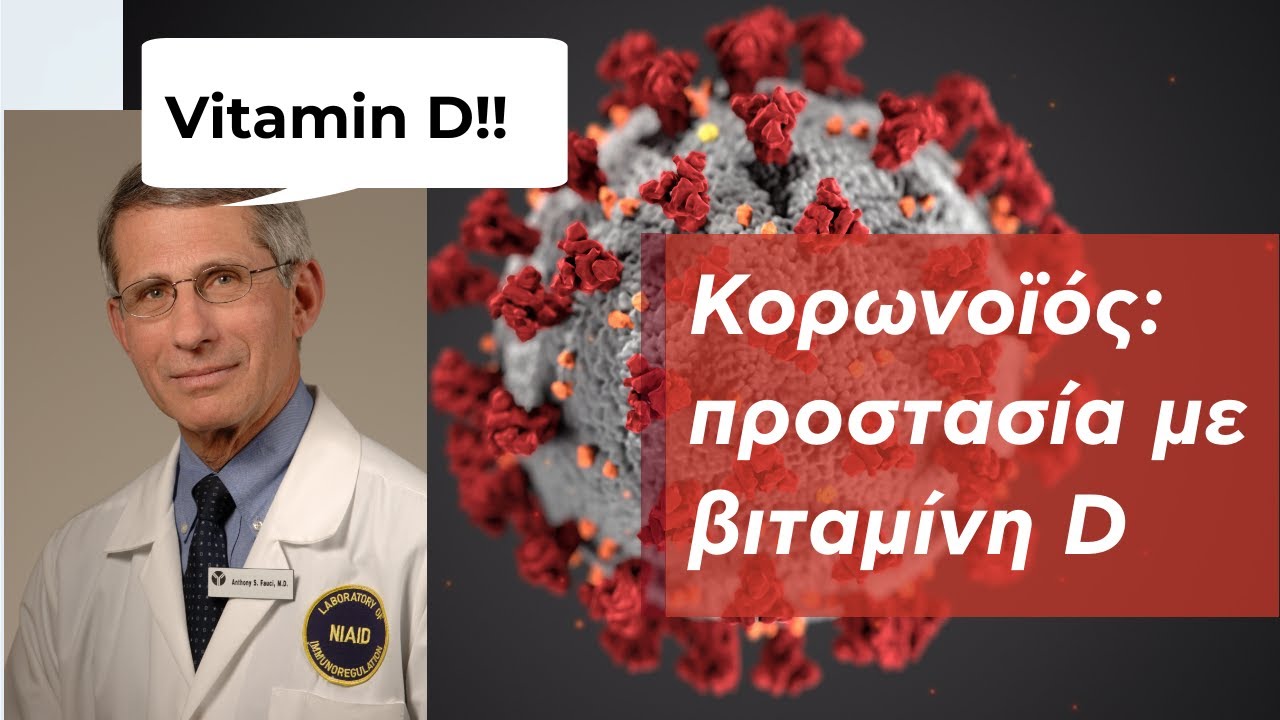
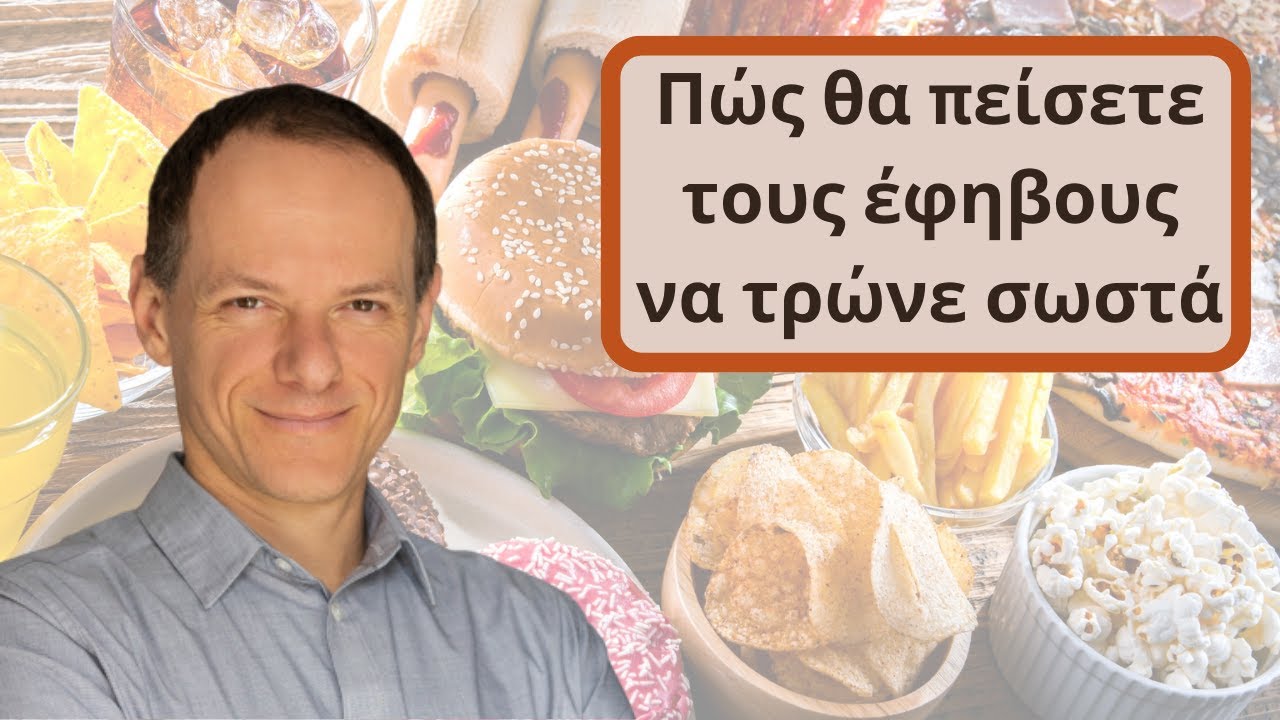
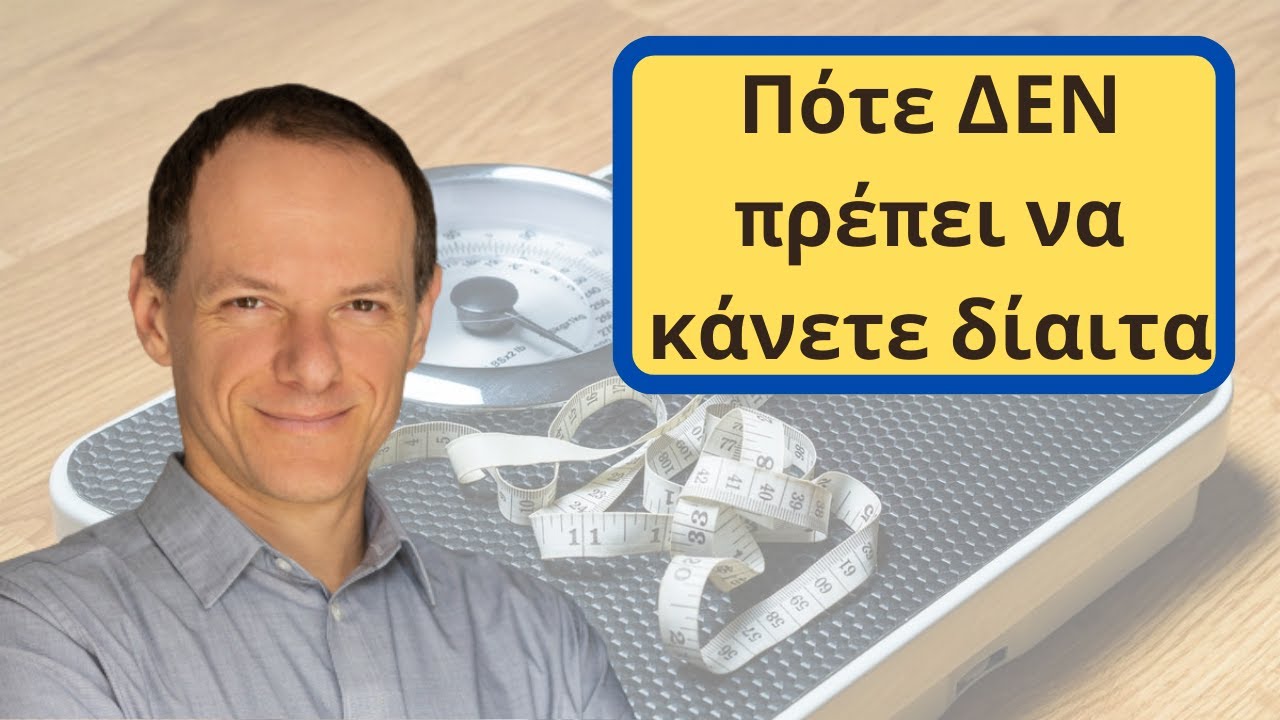

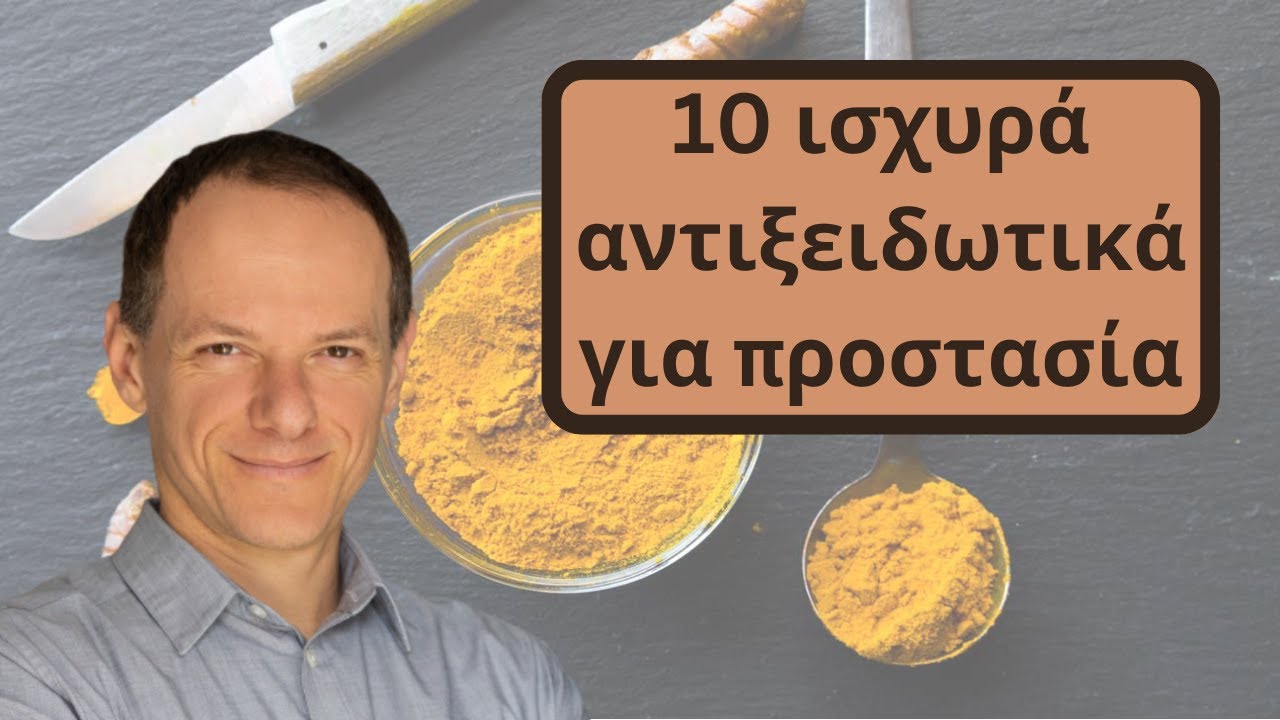
0 Σχόλια